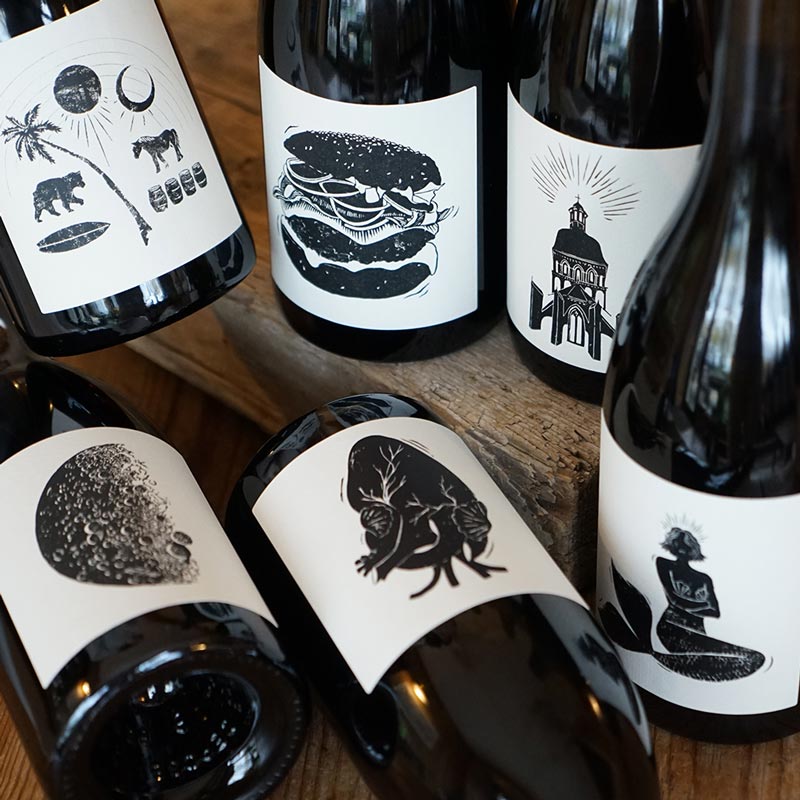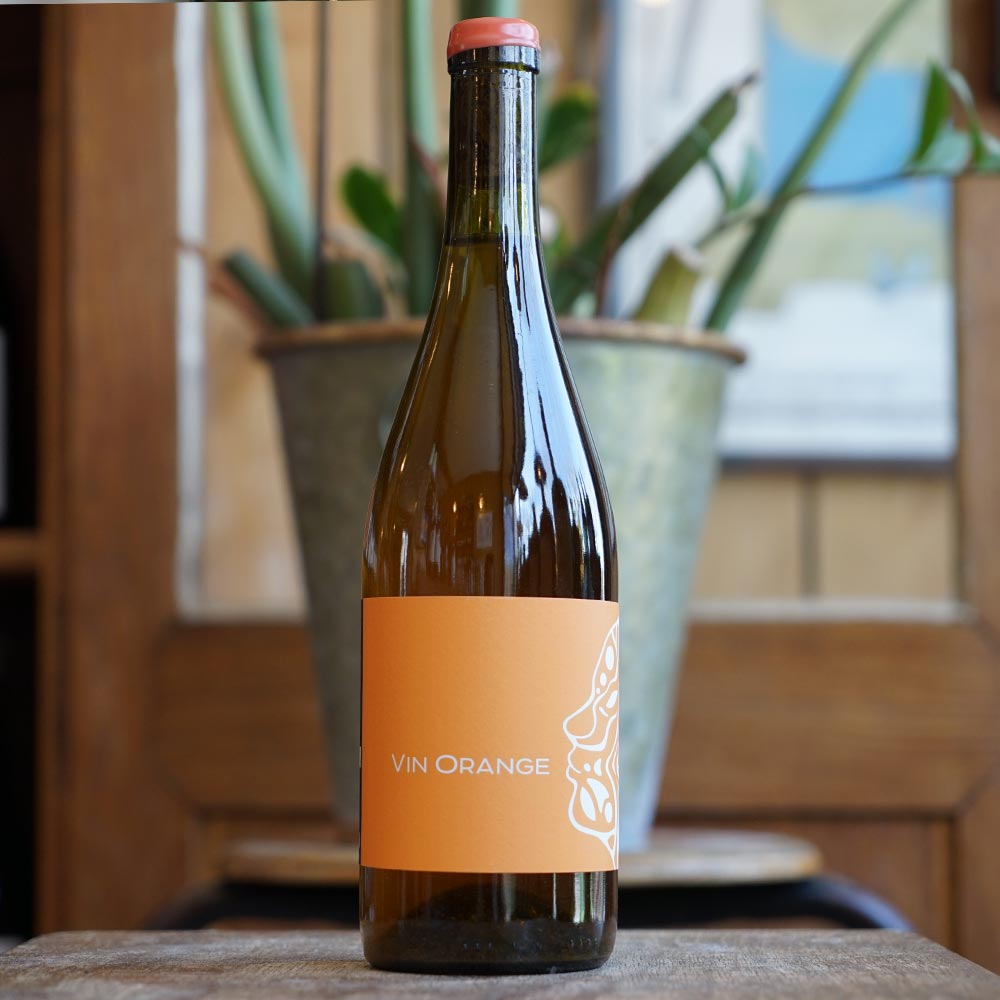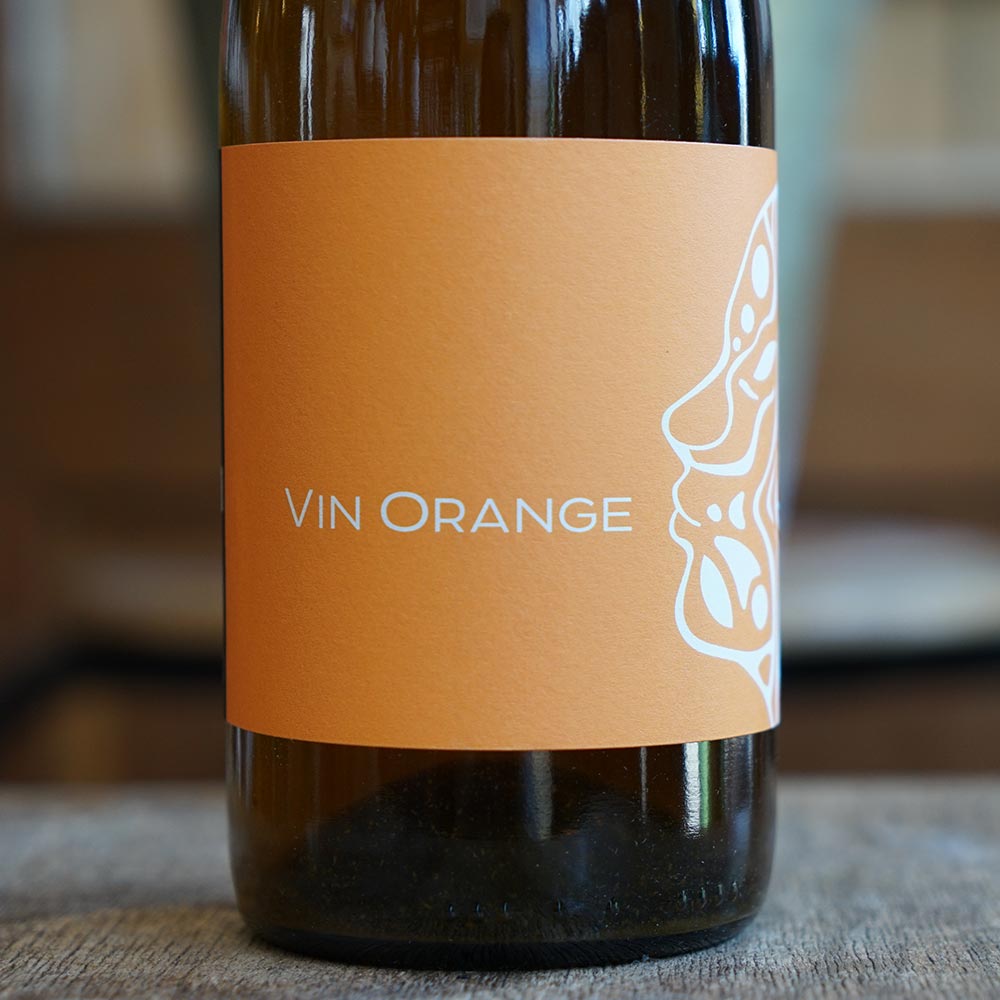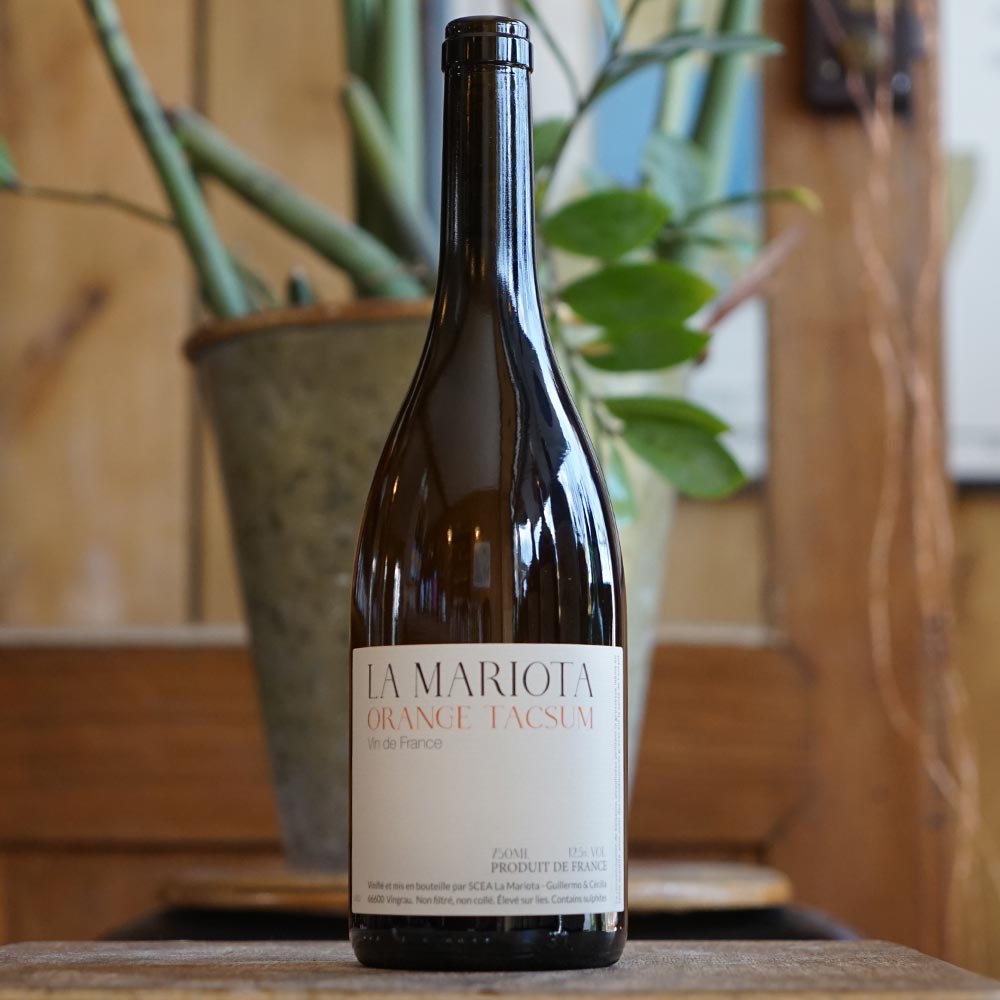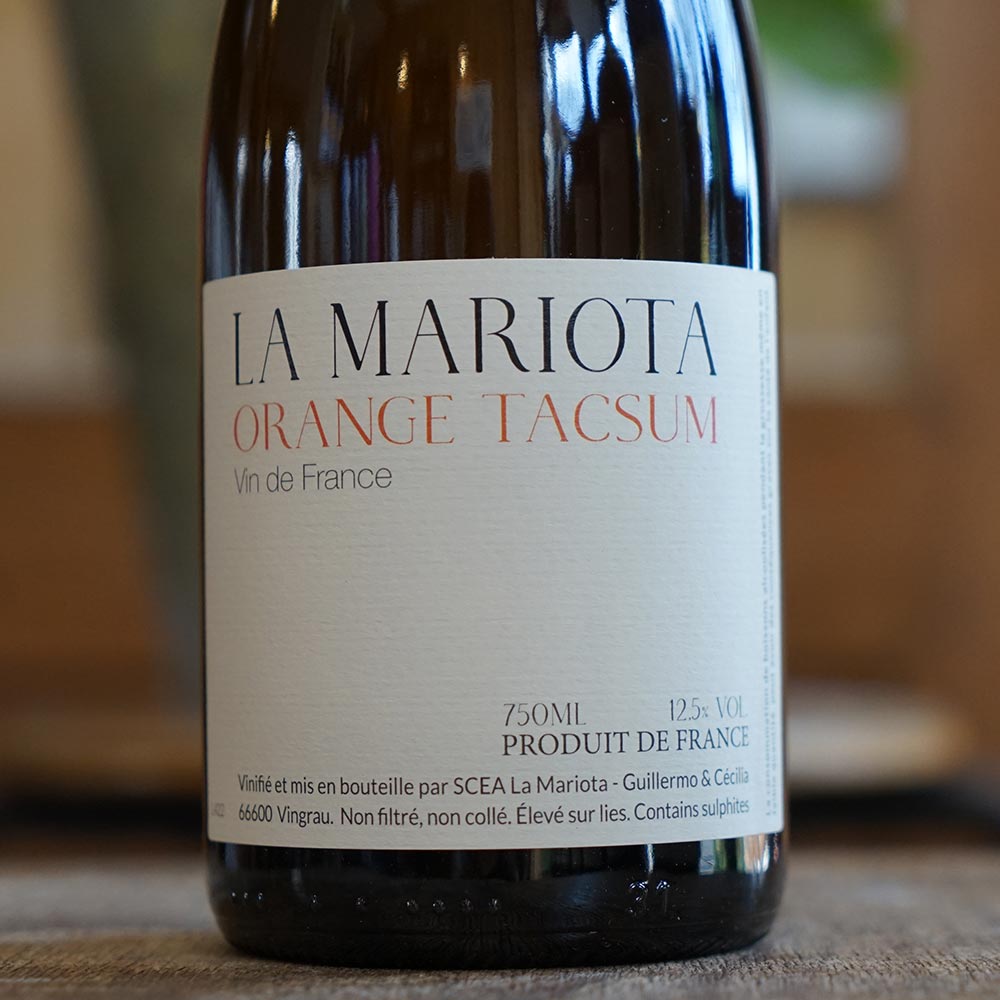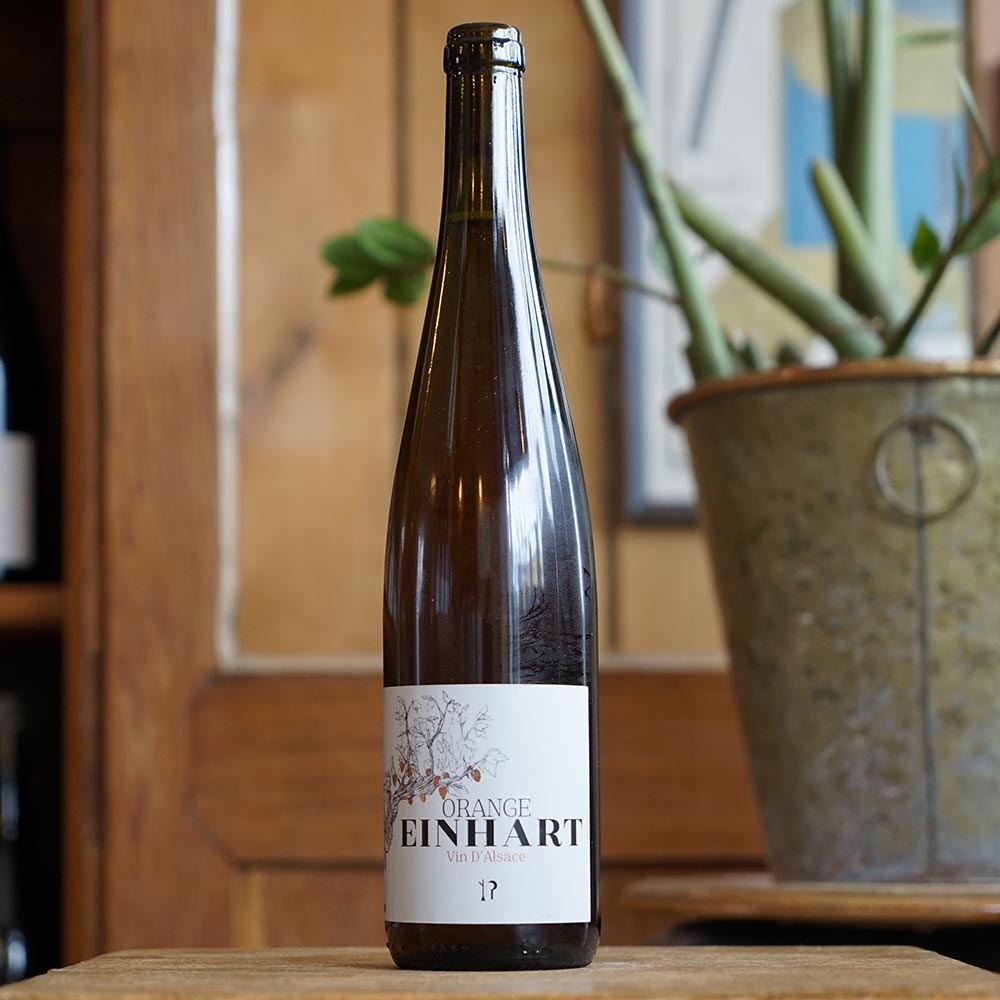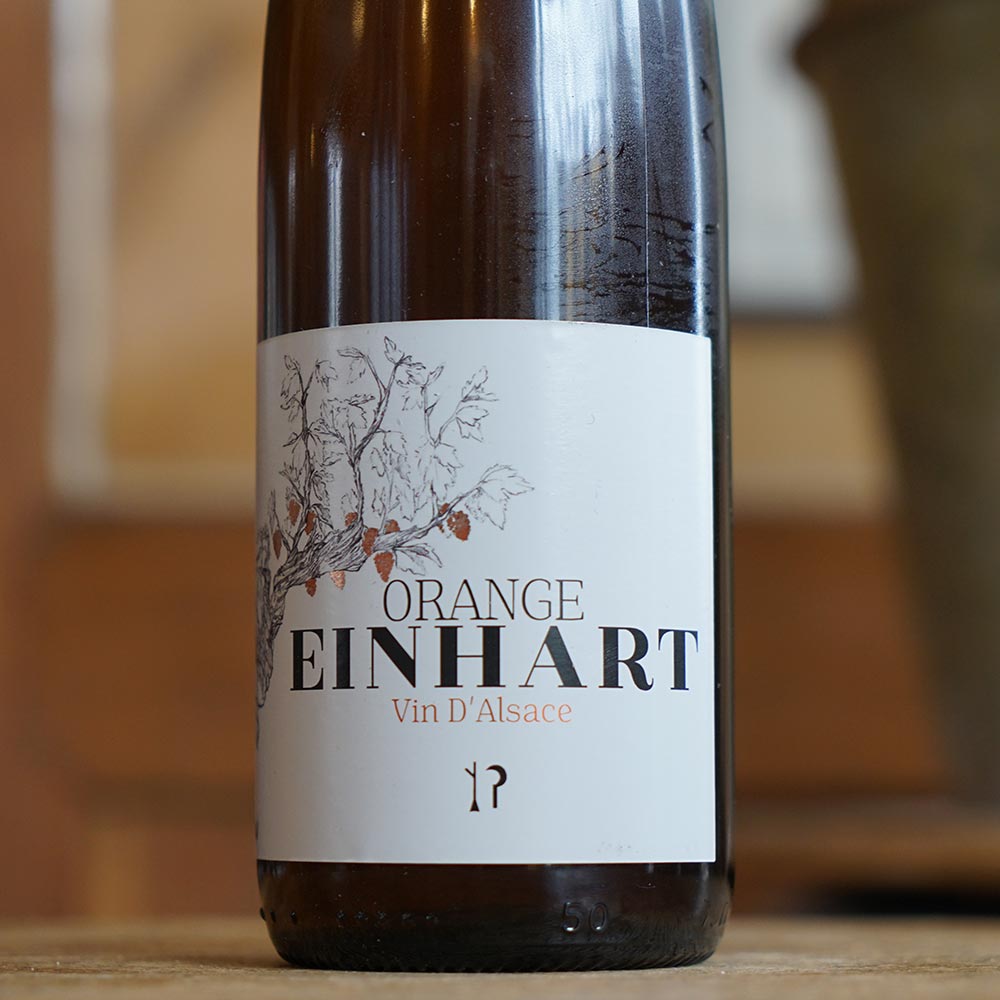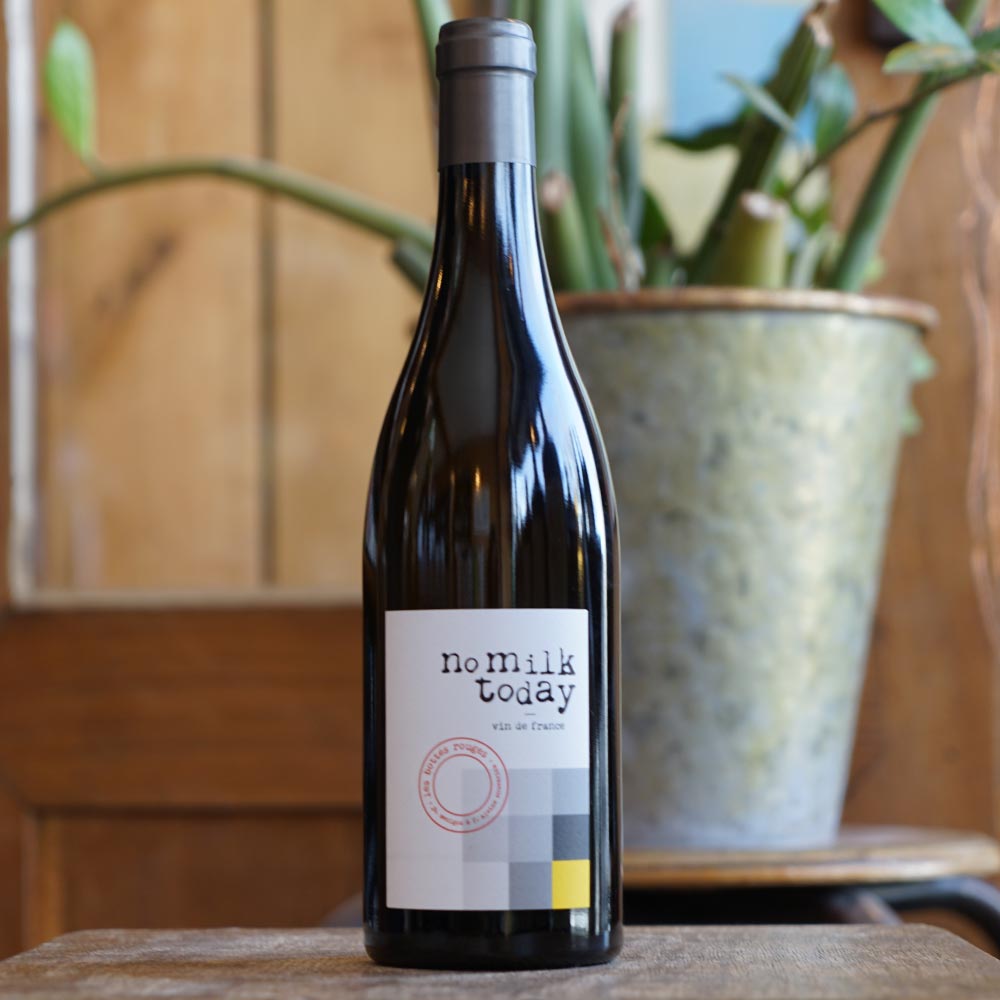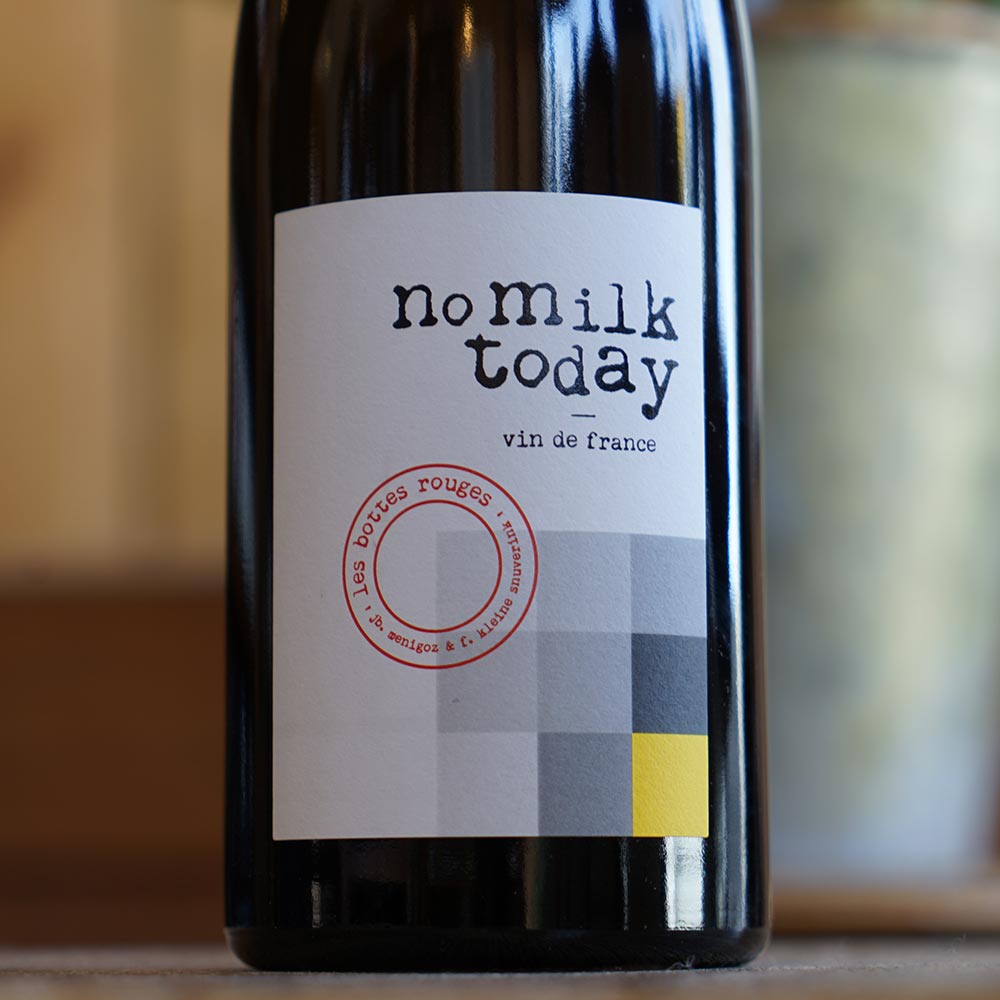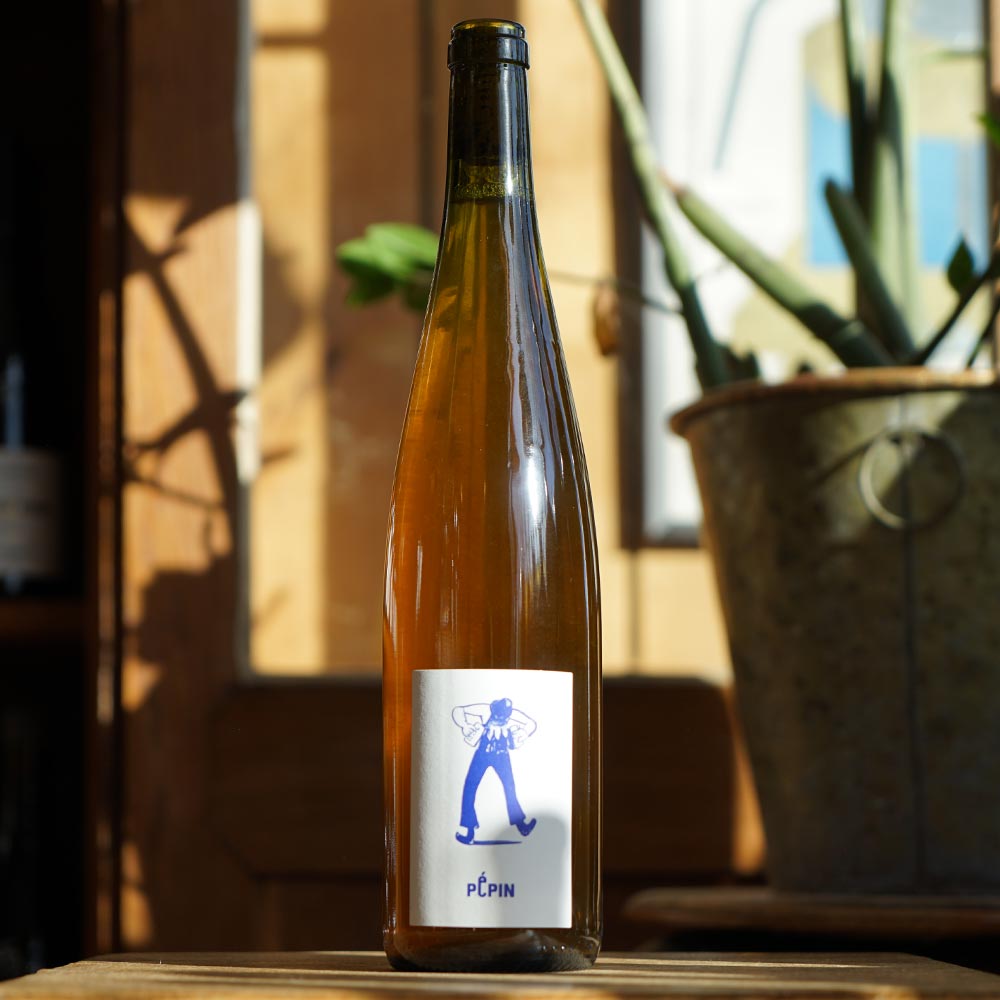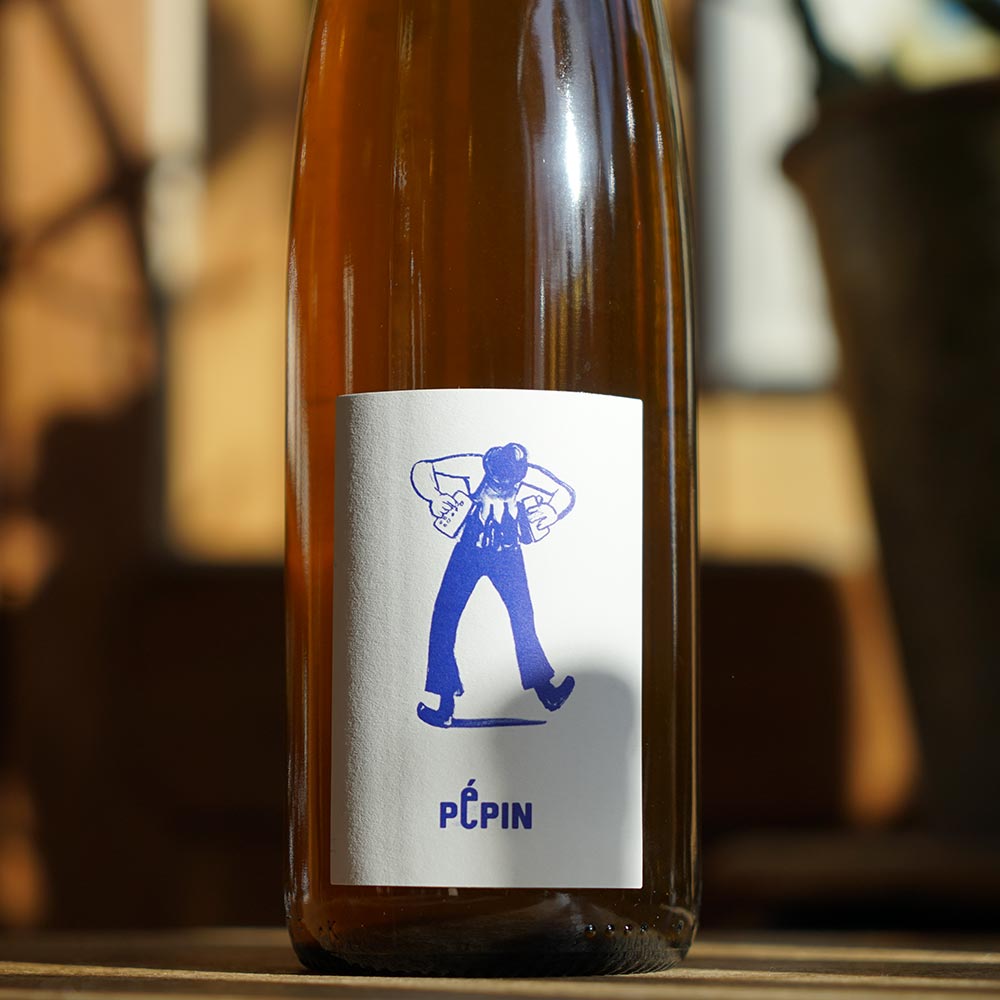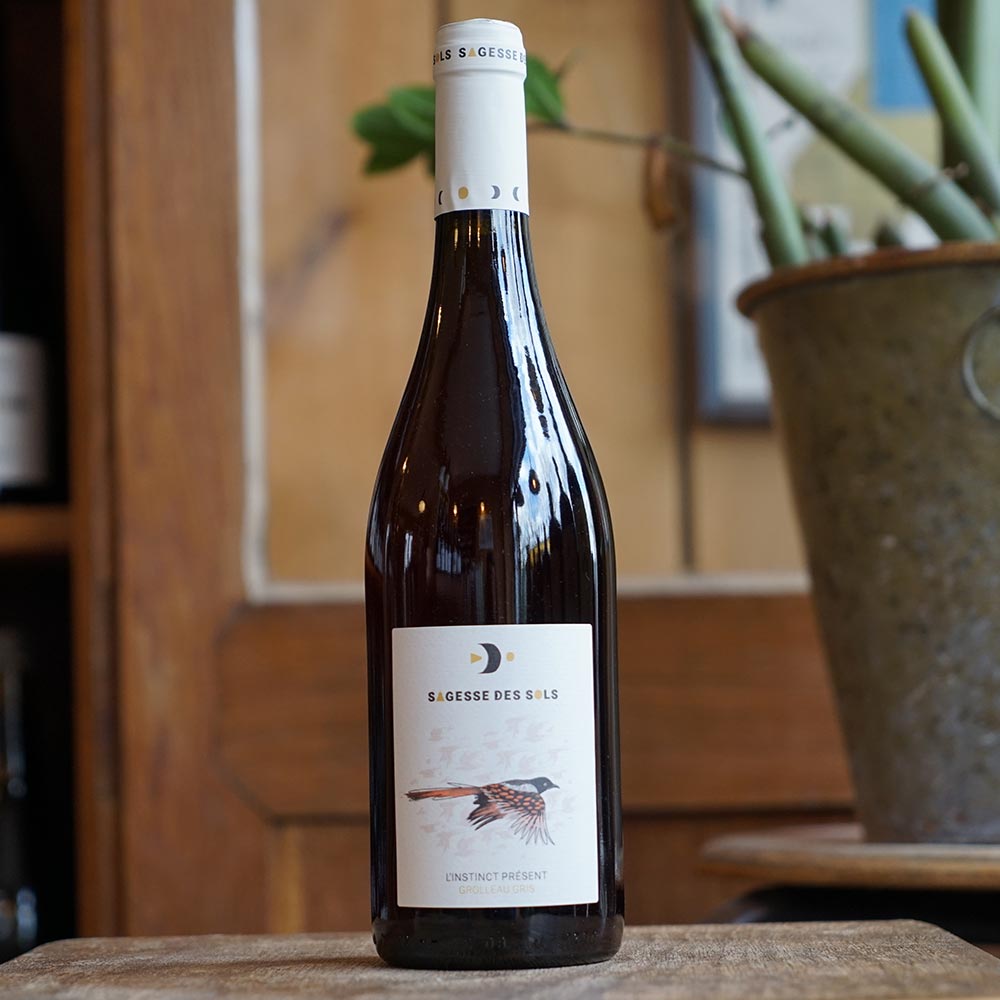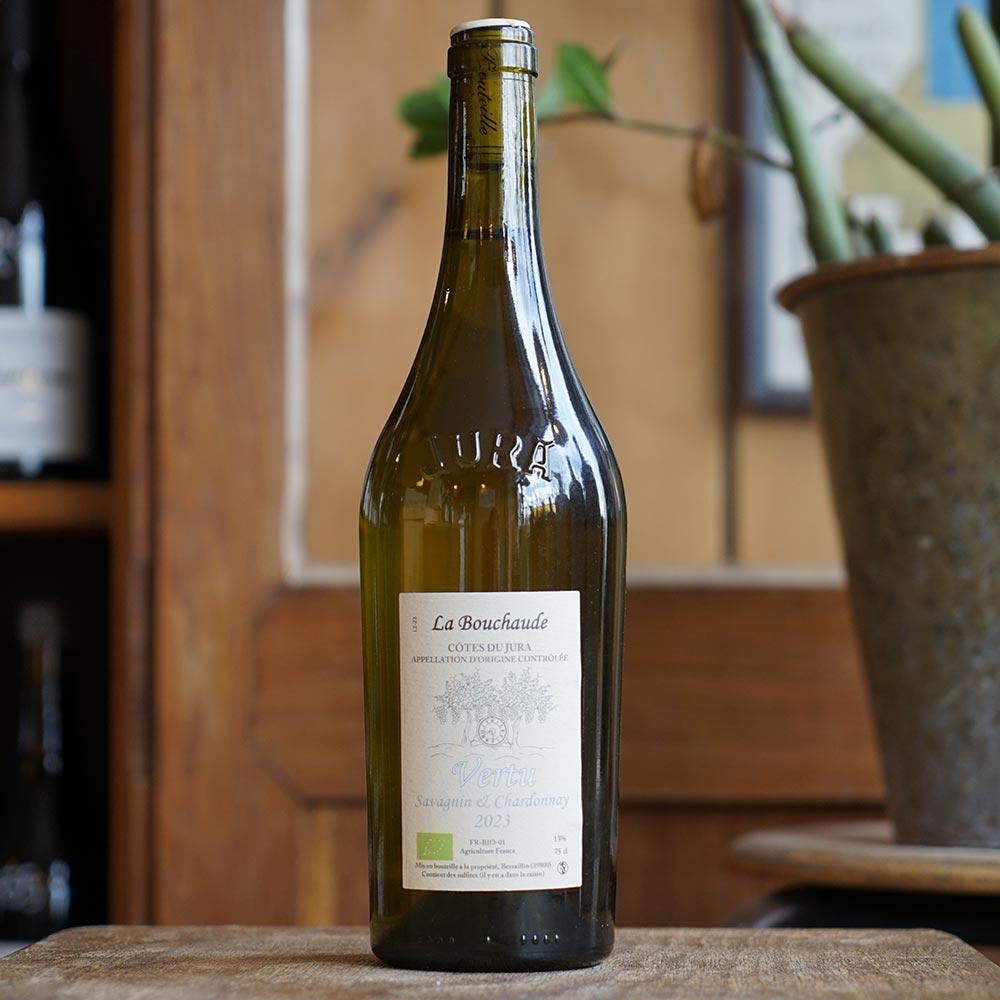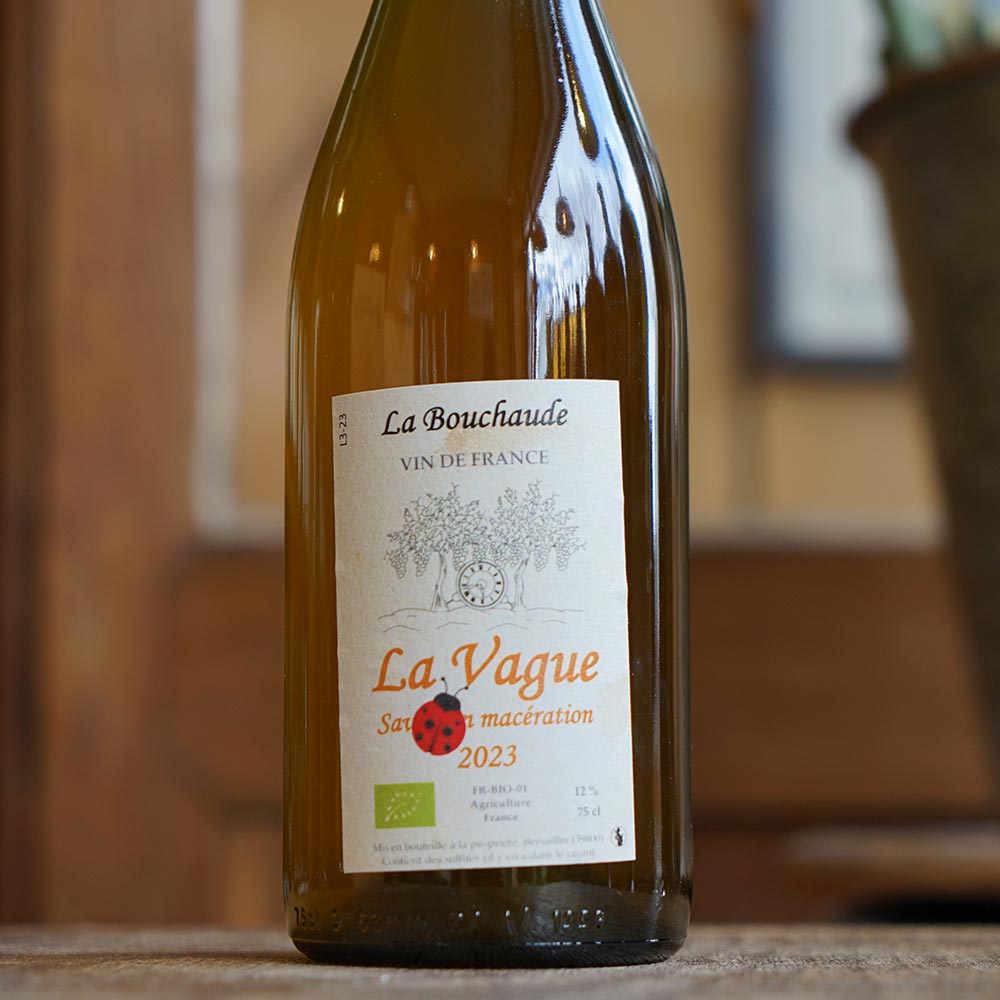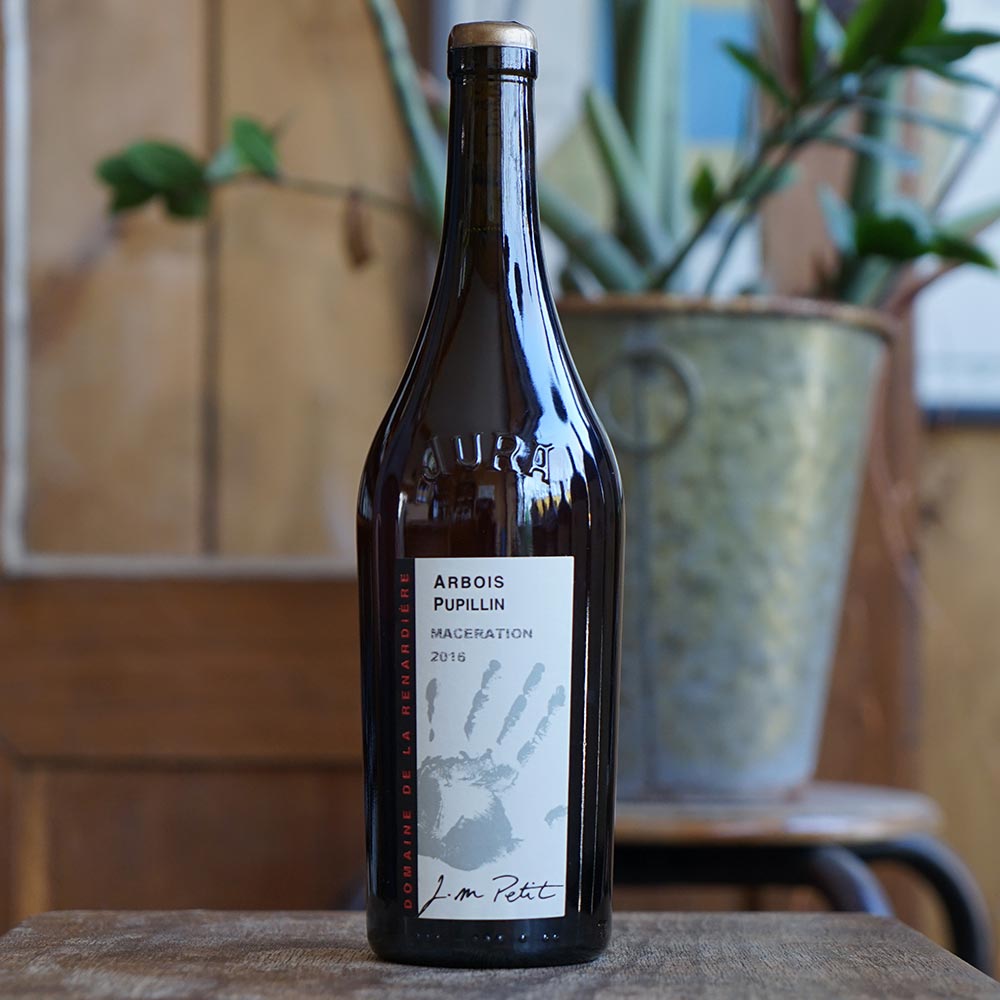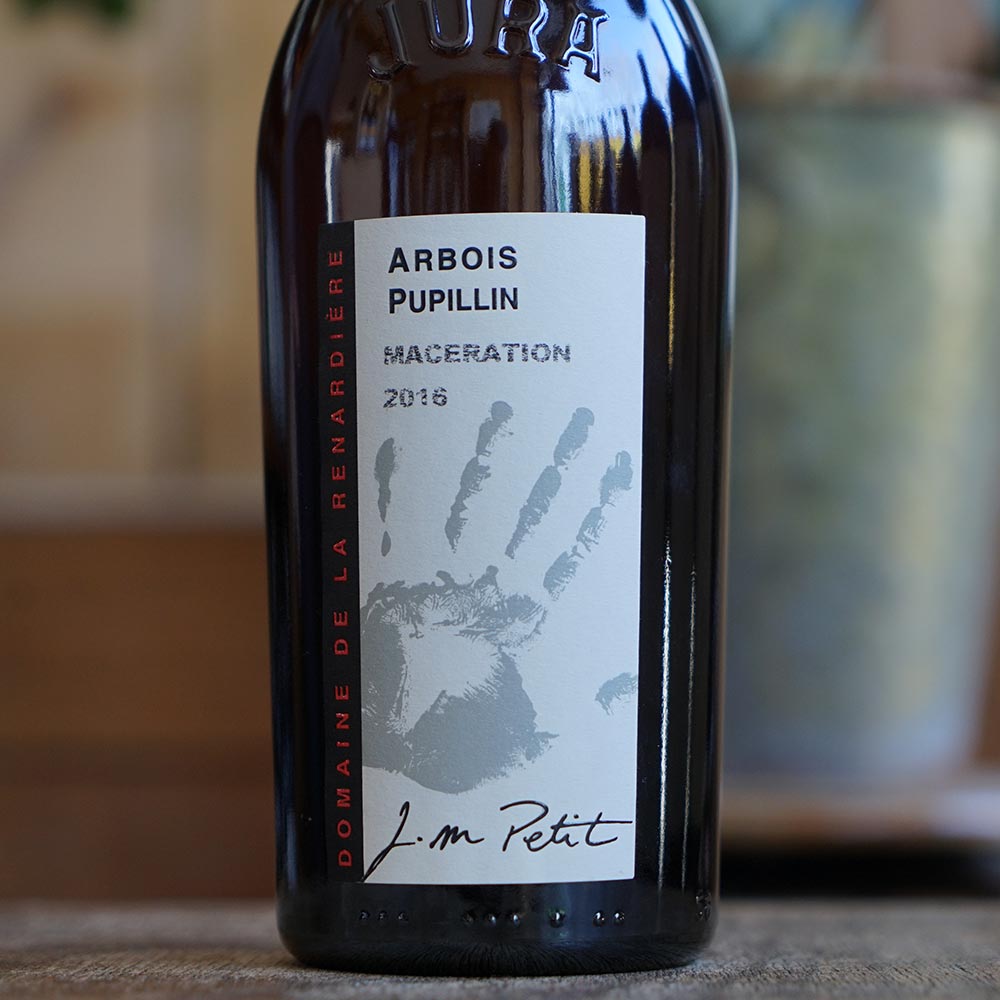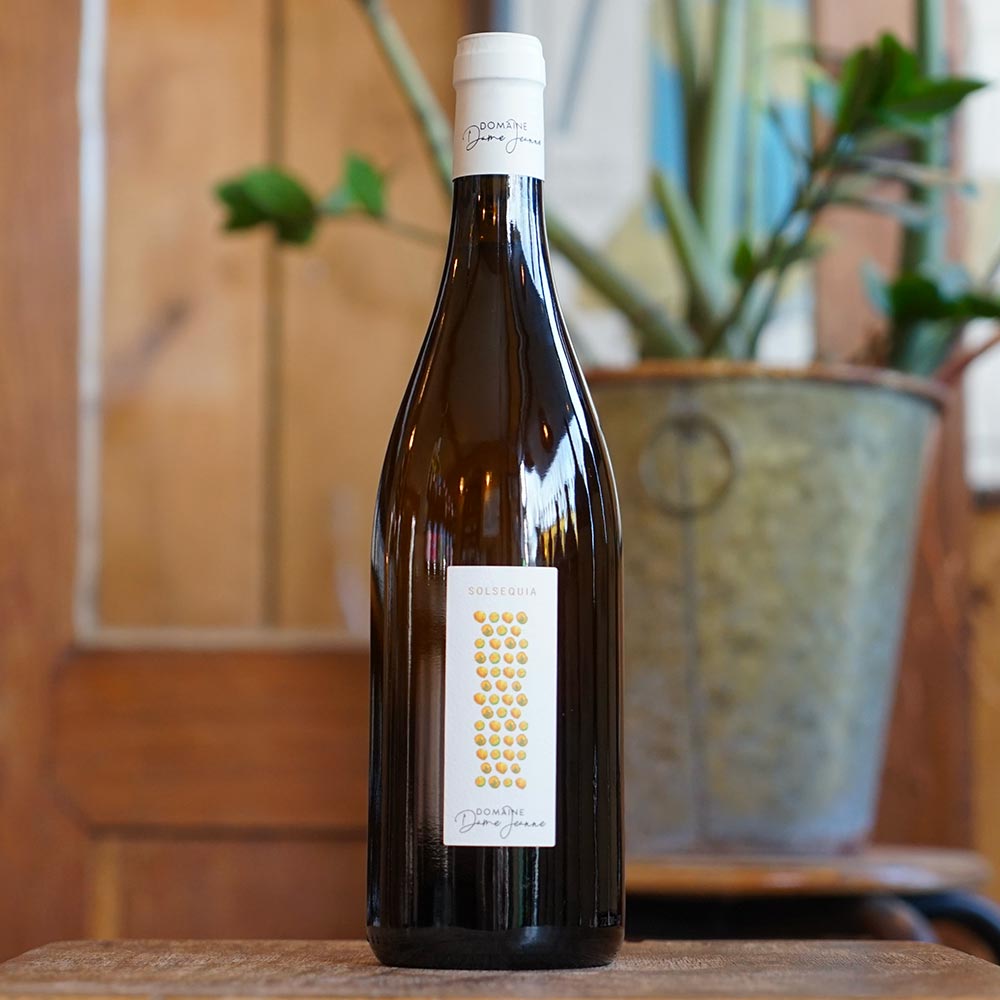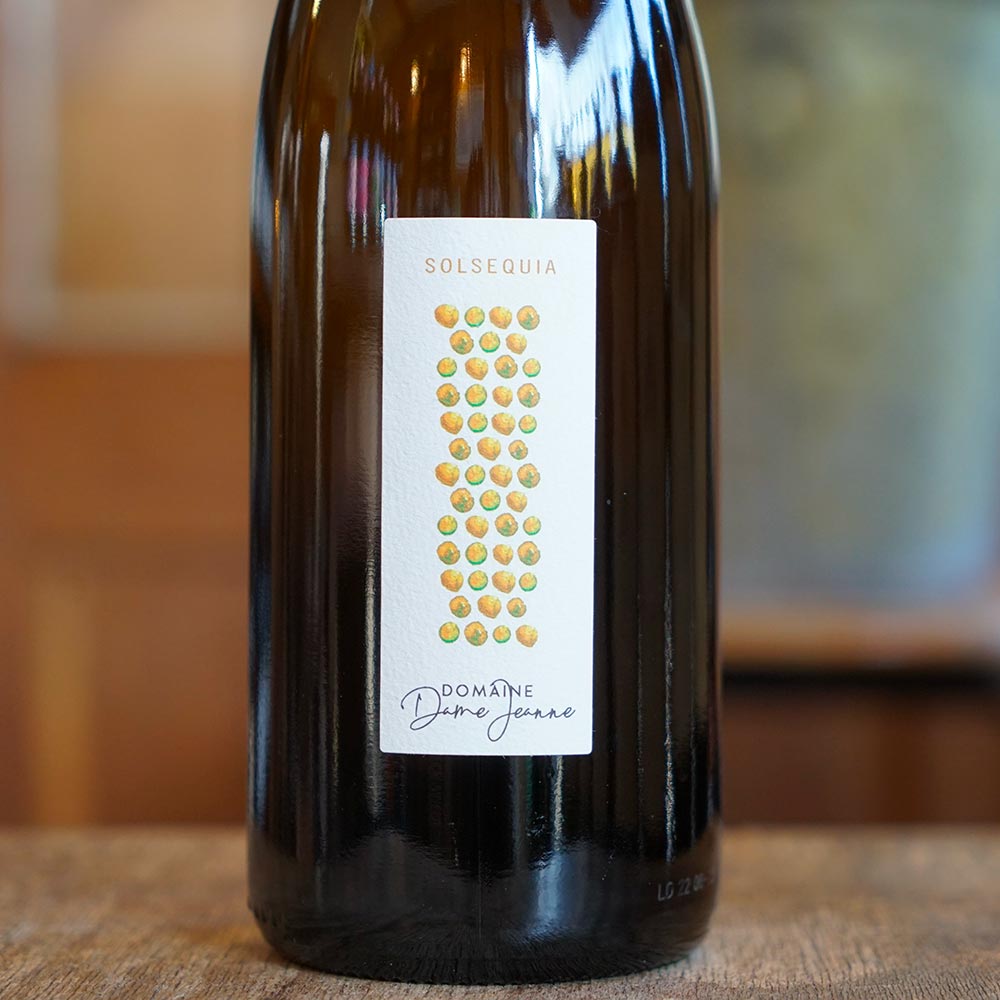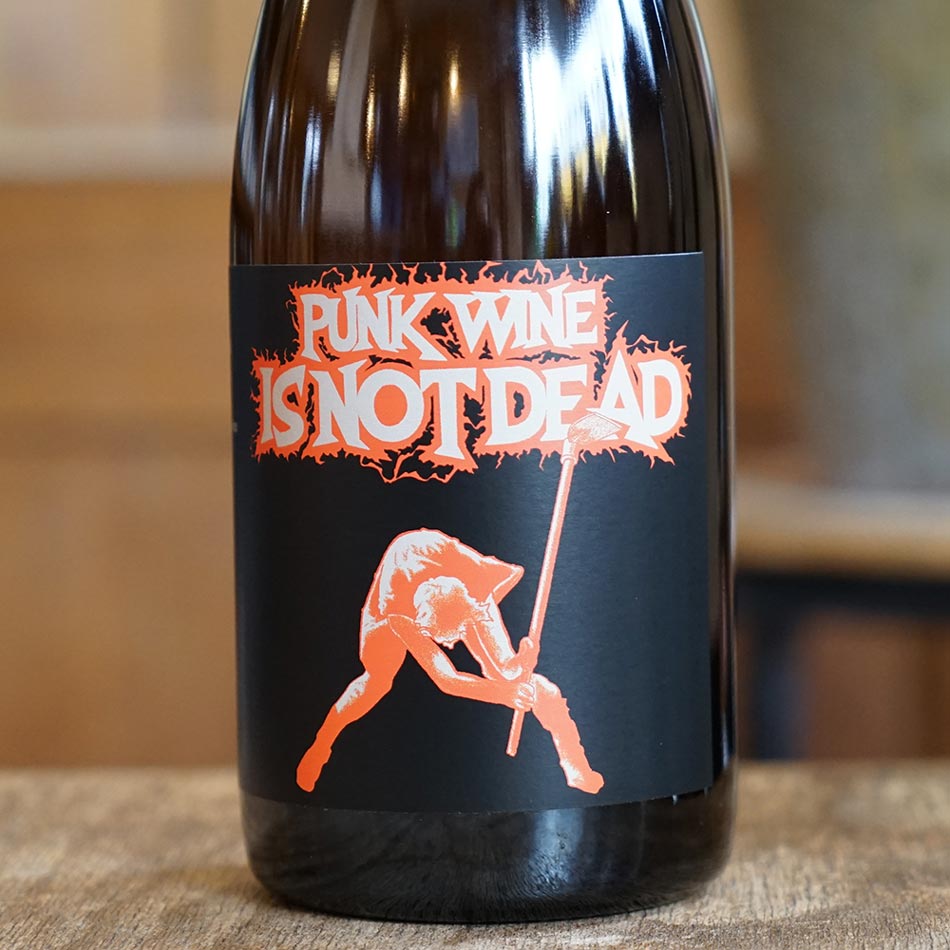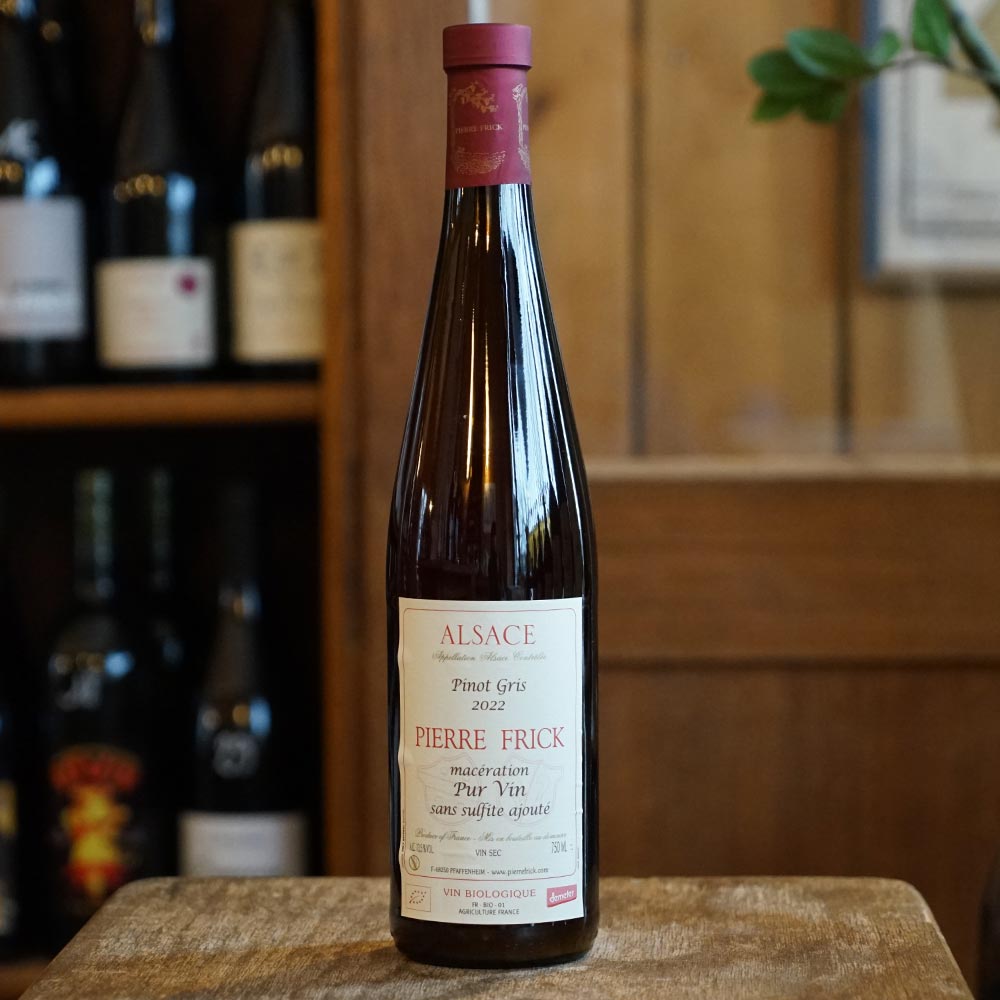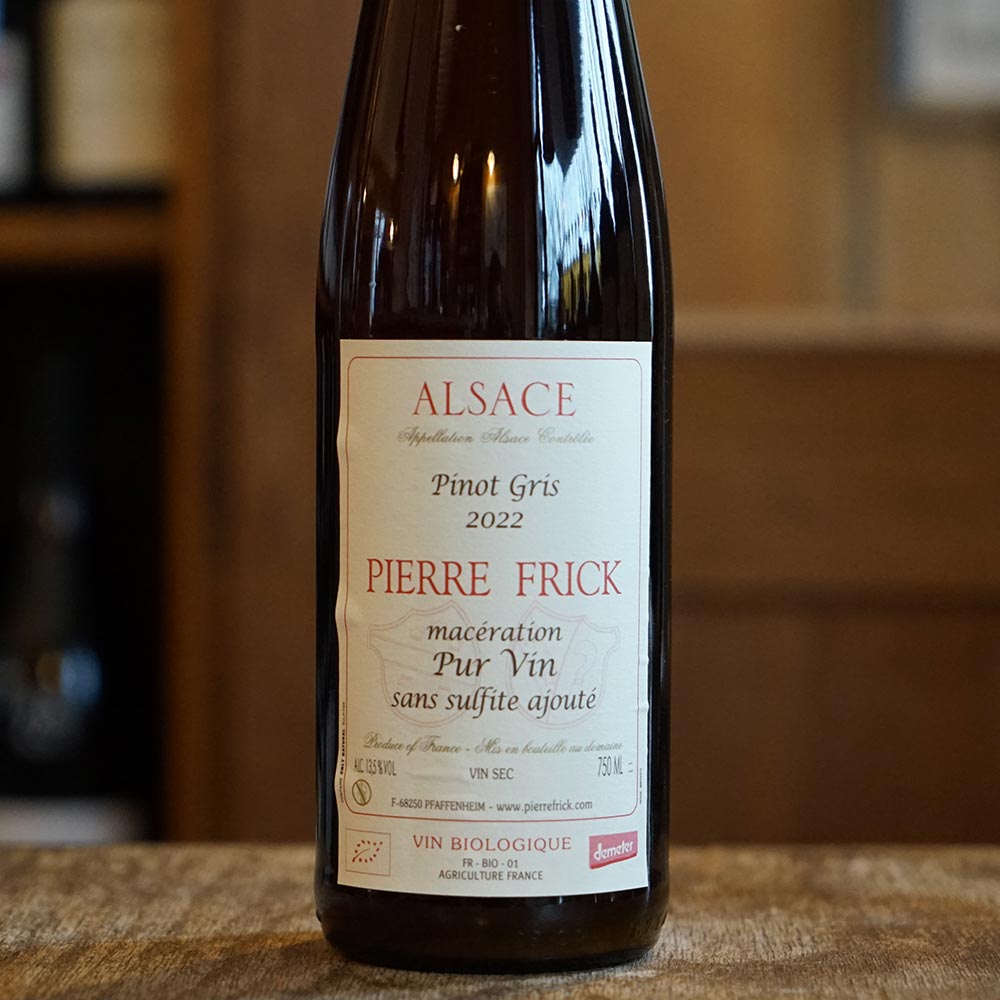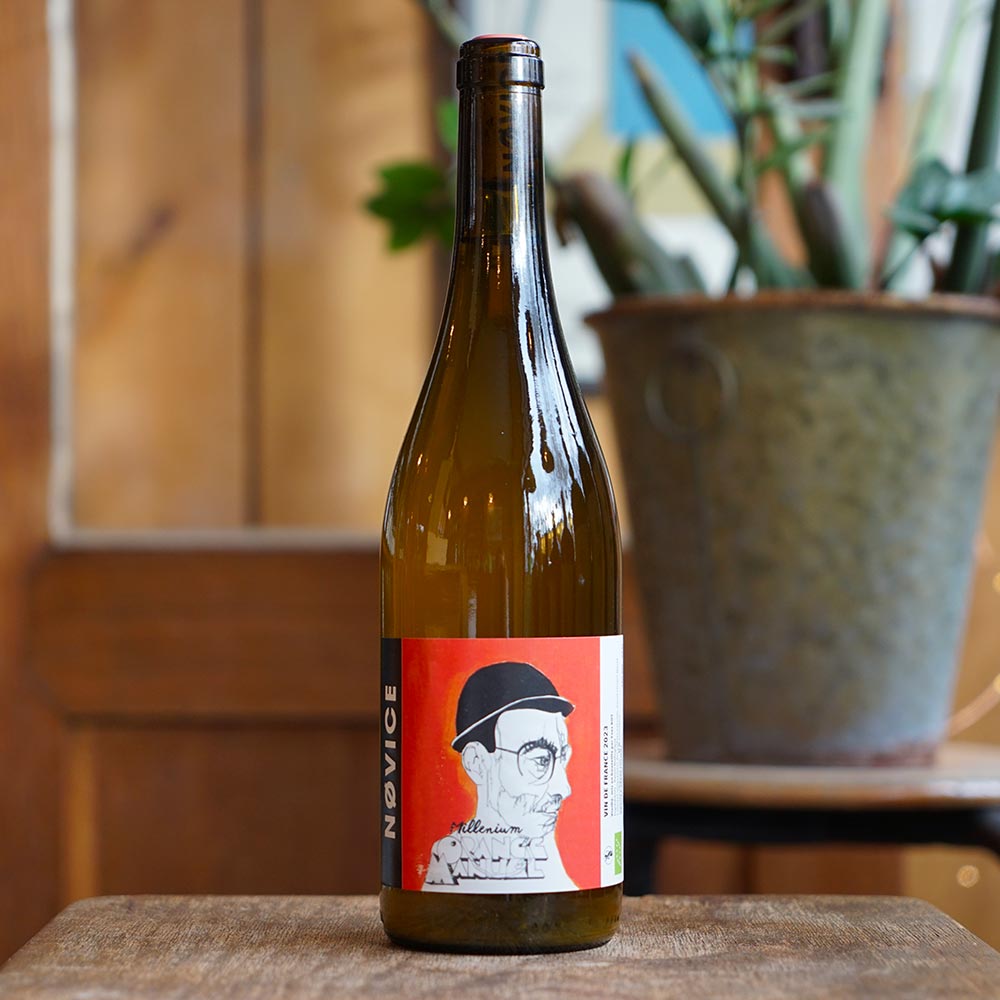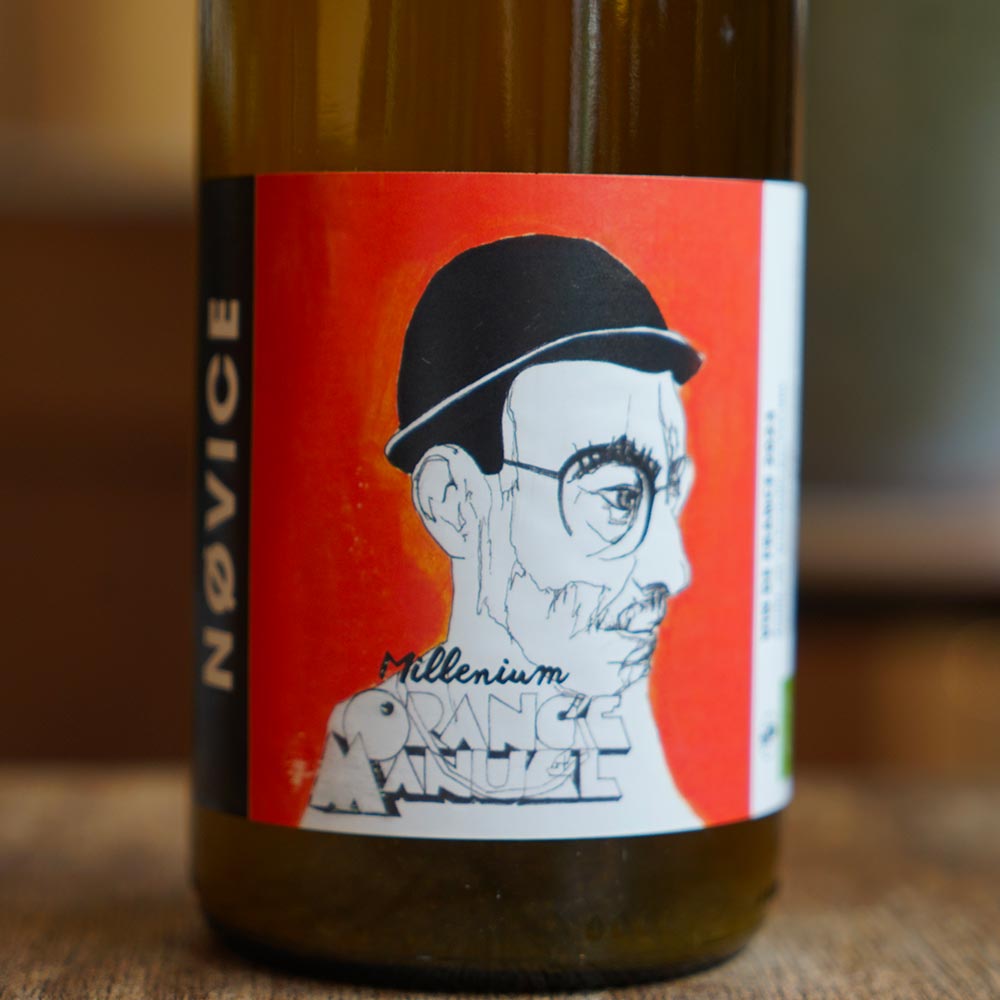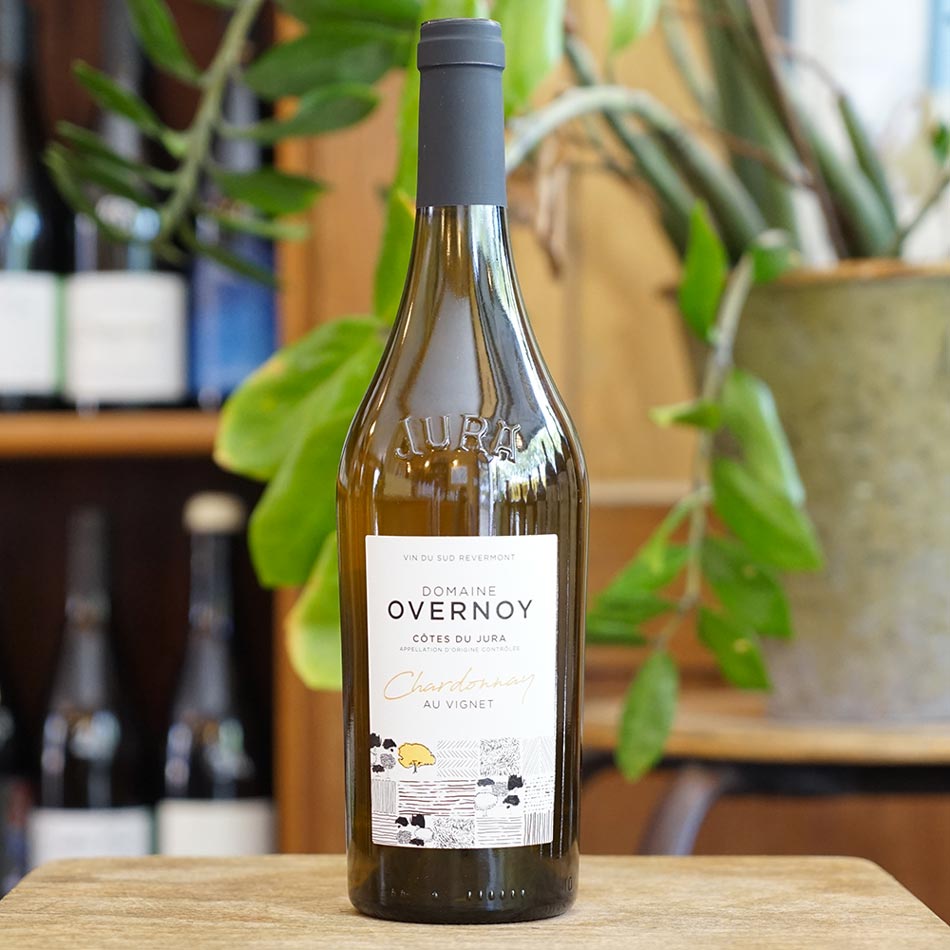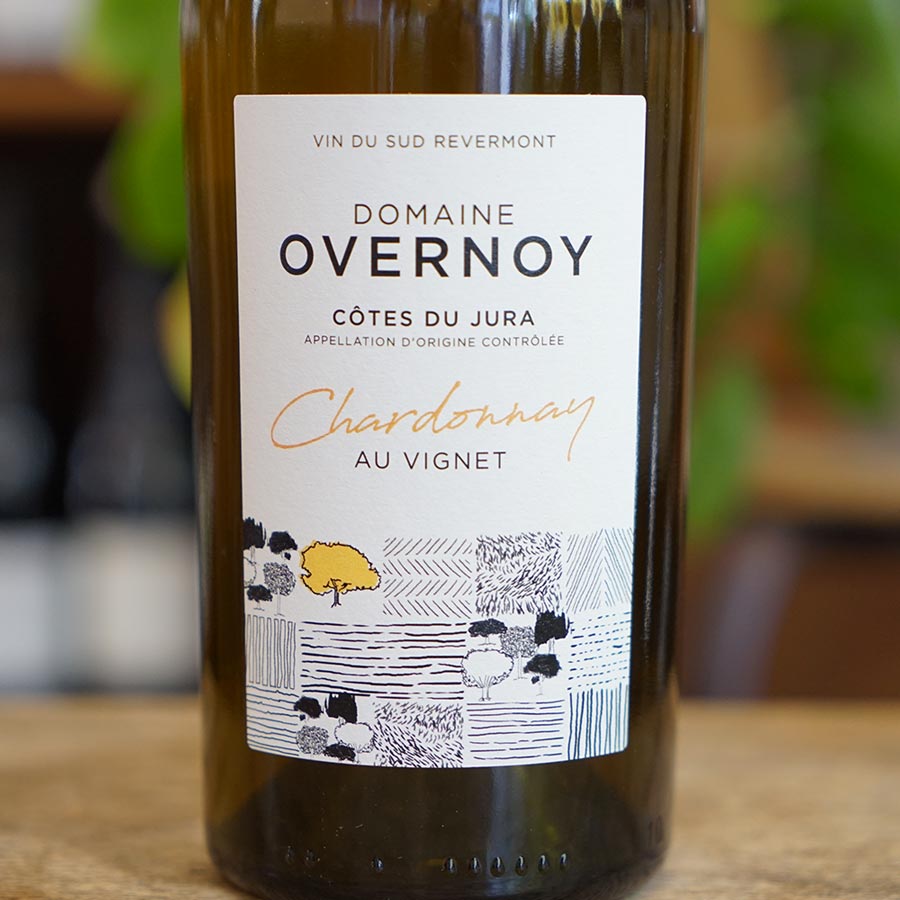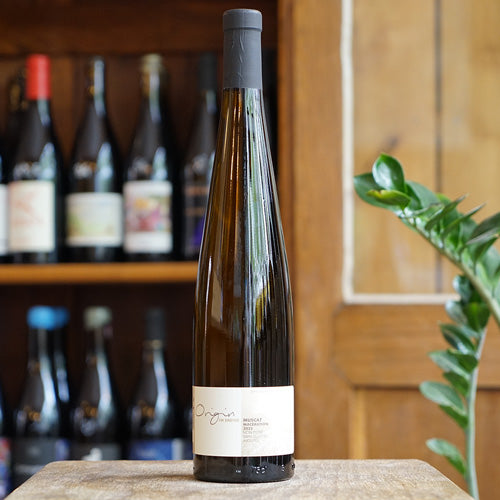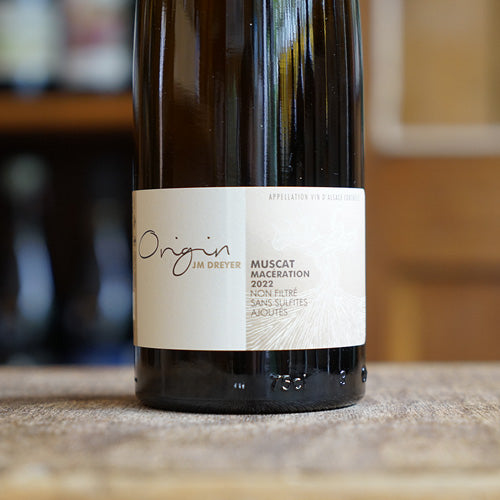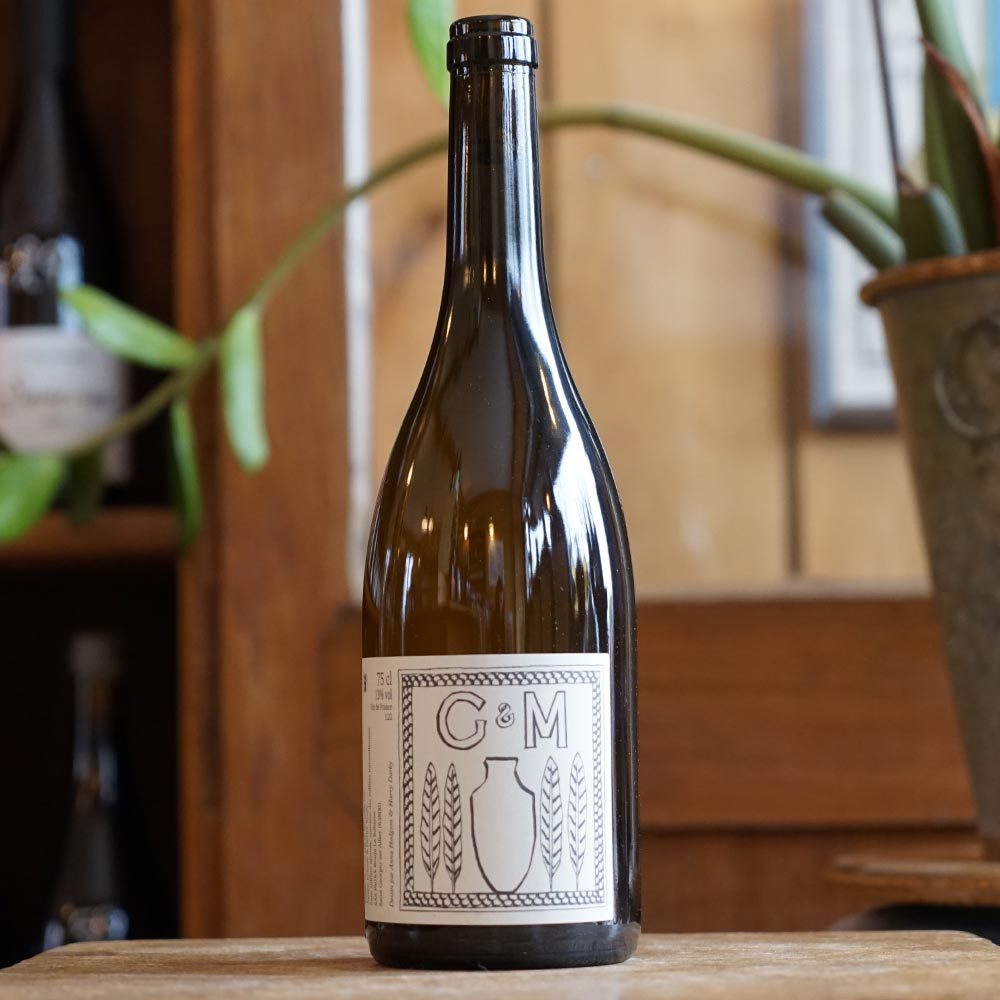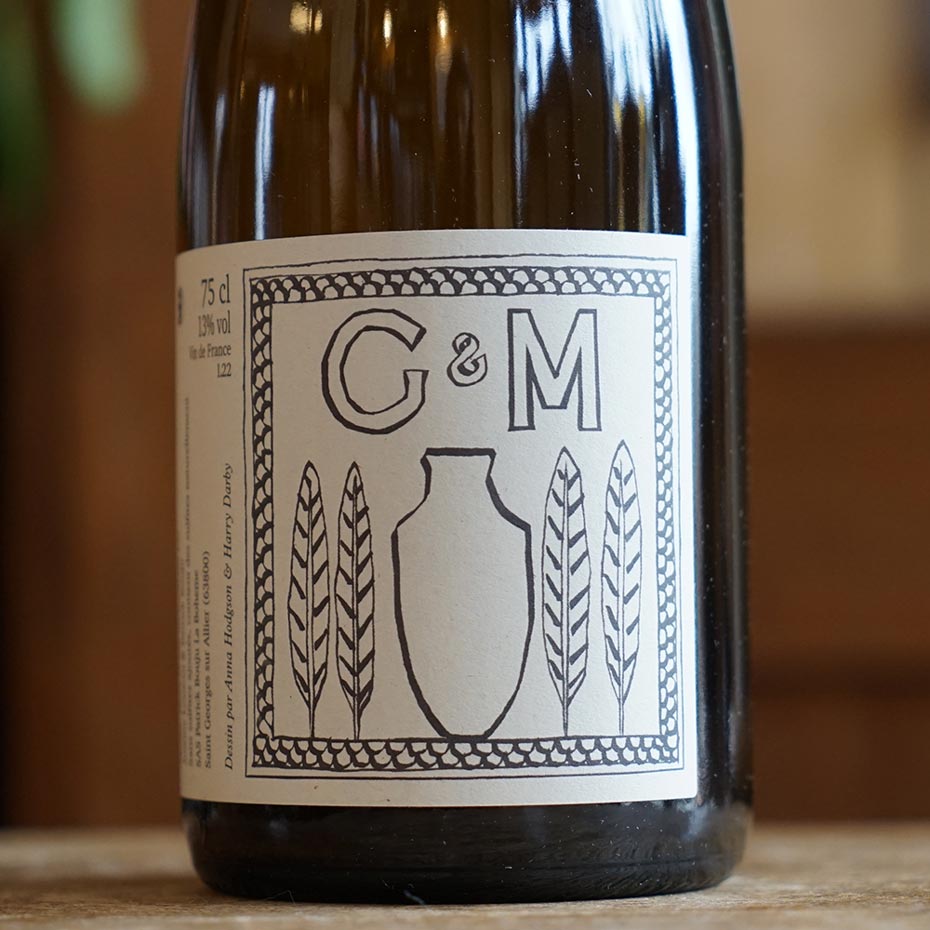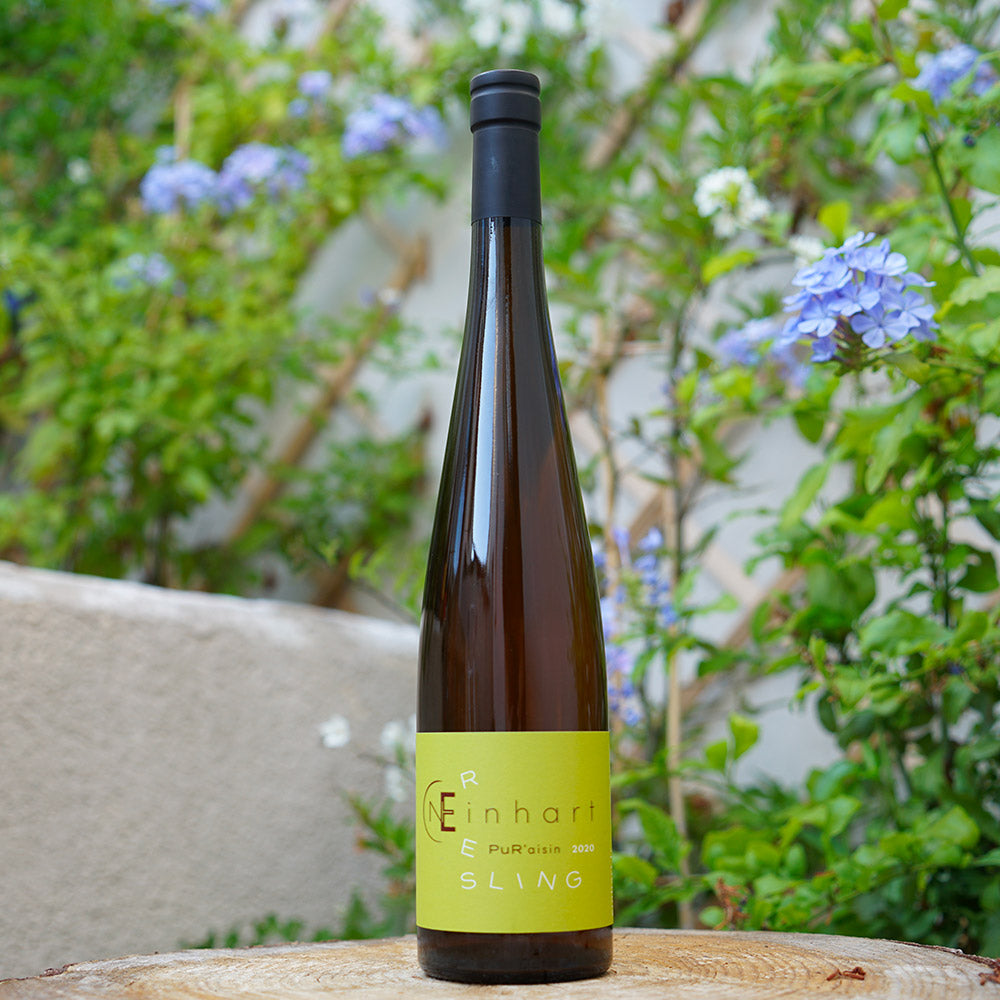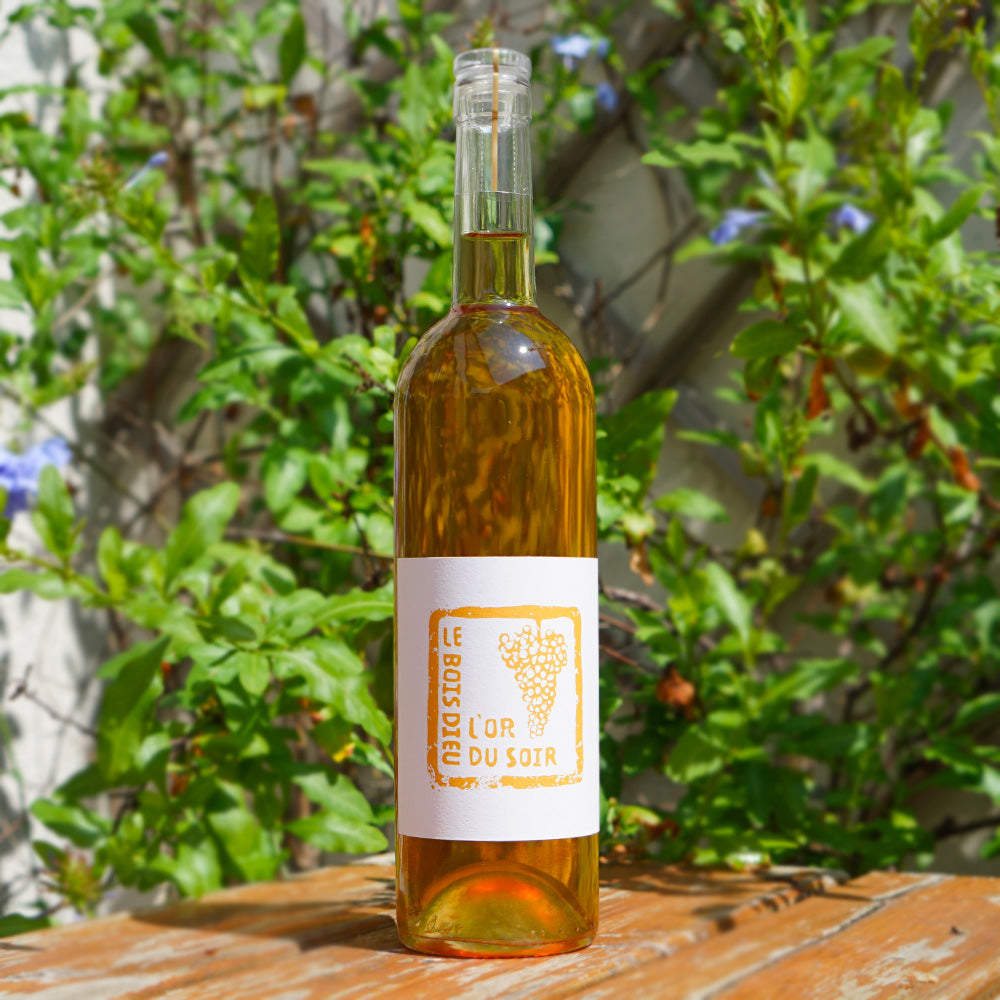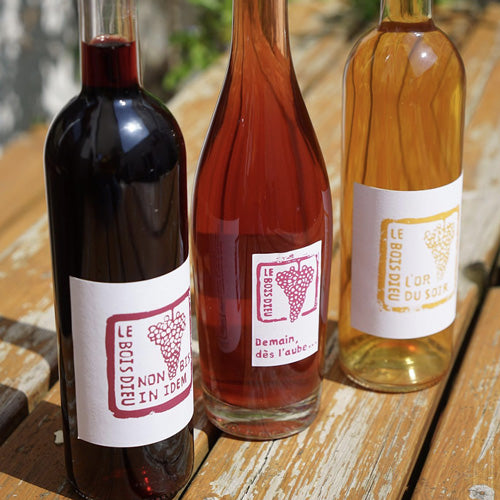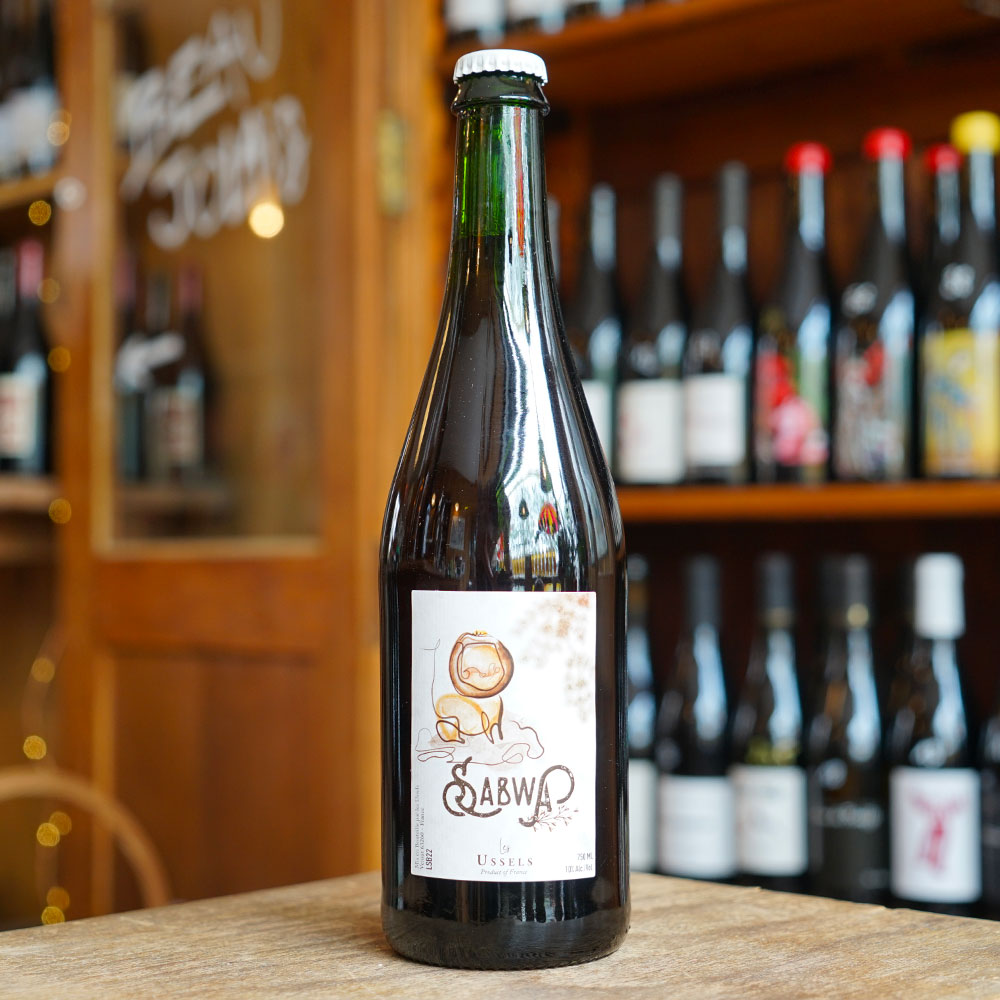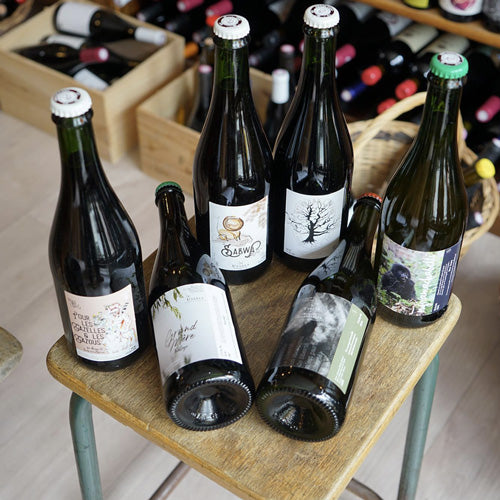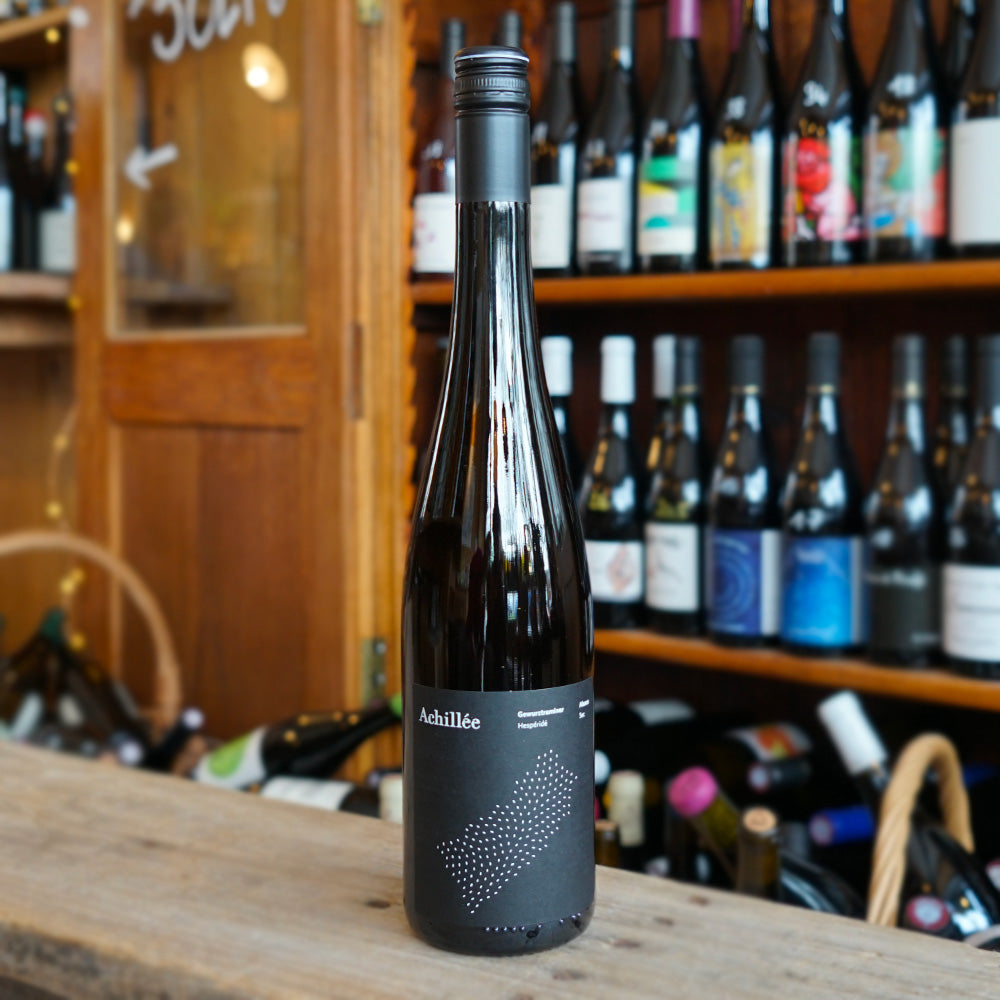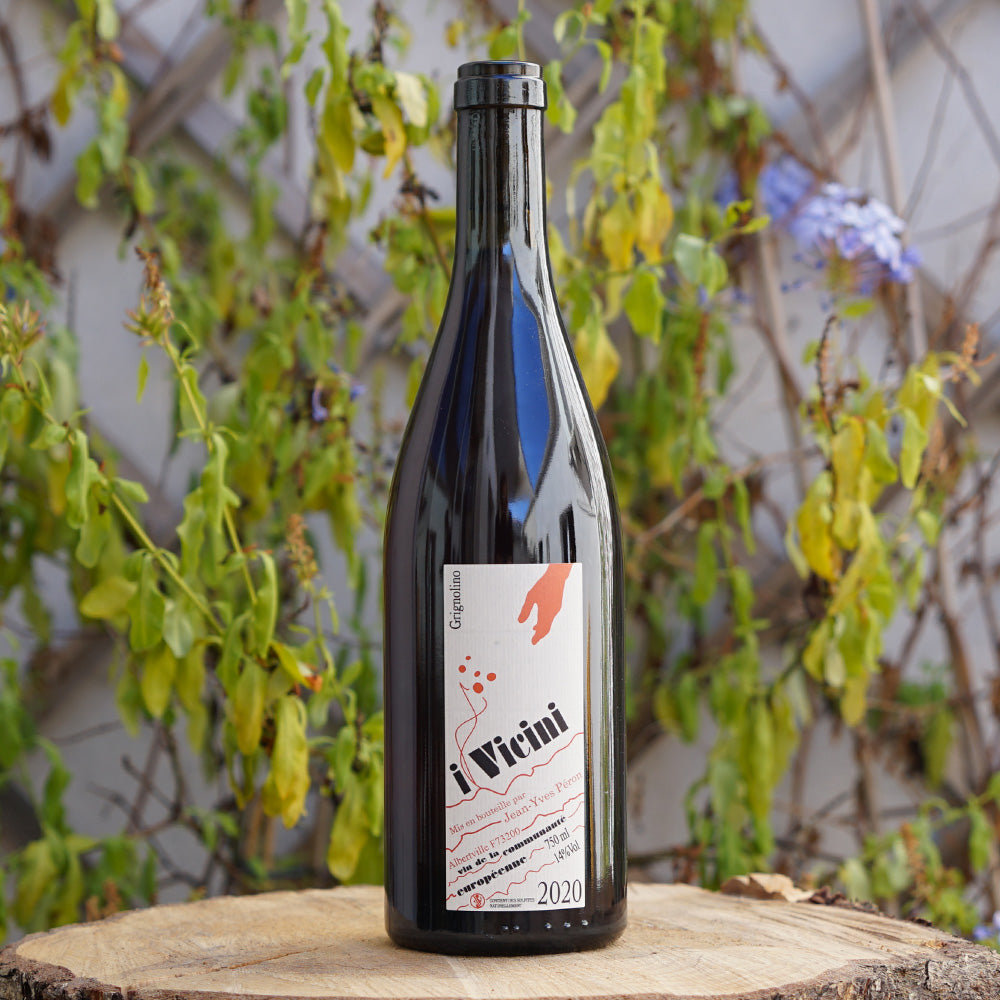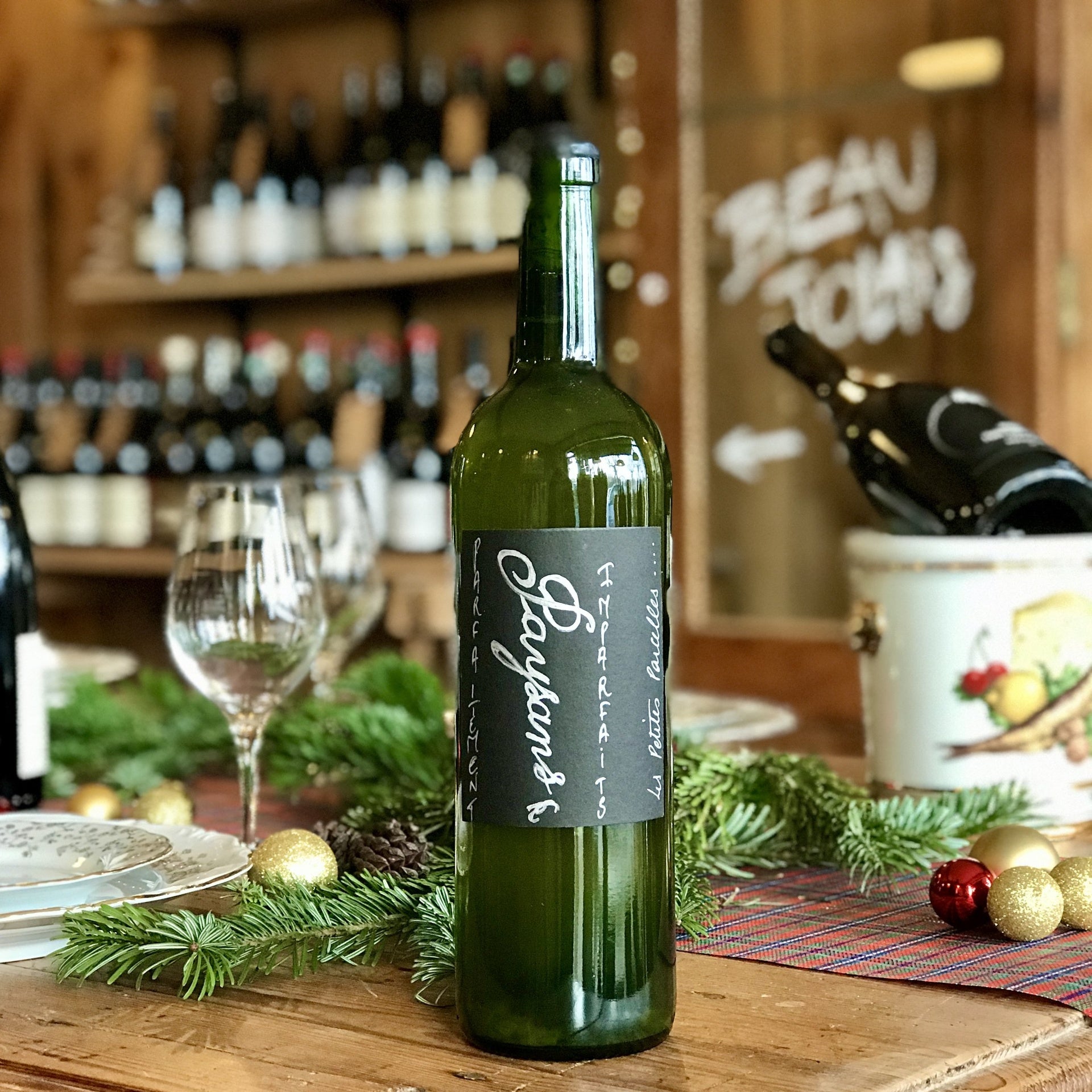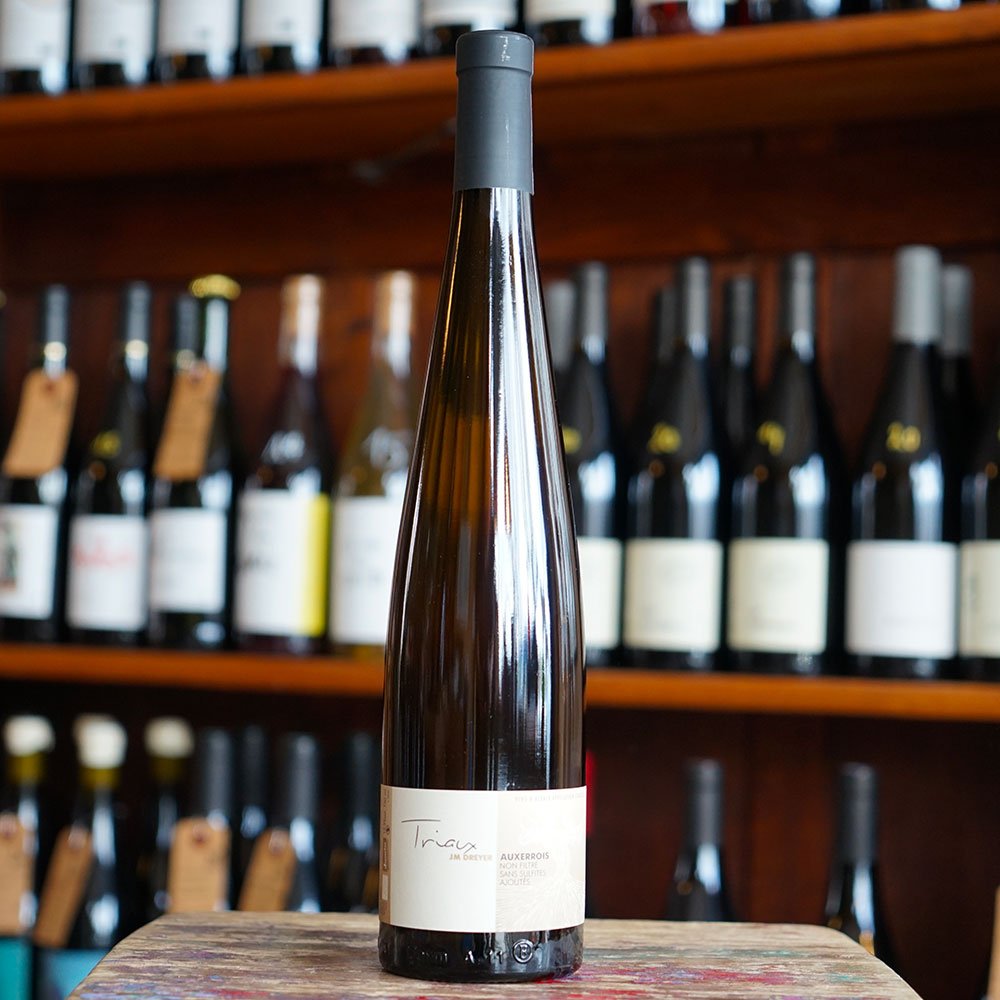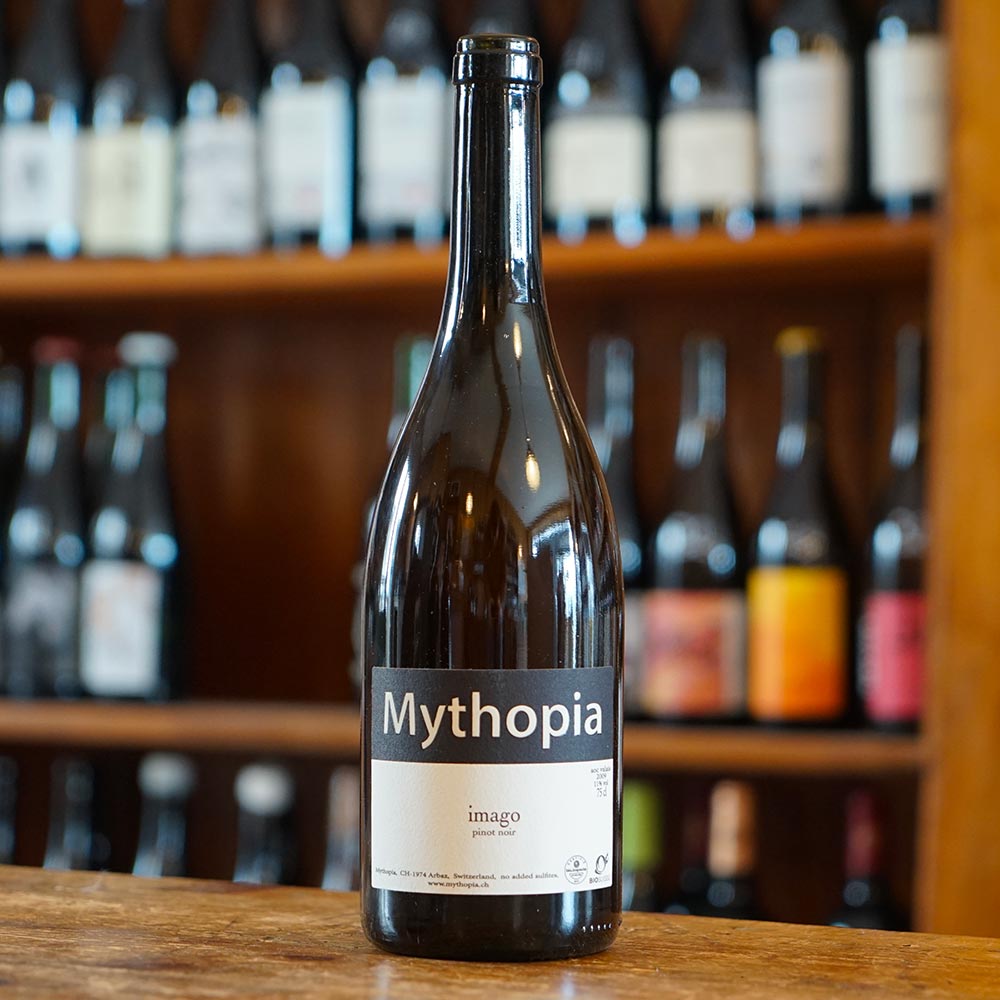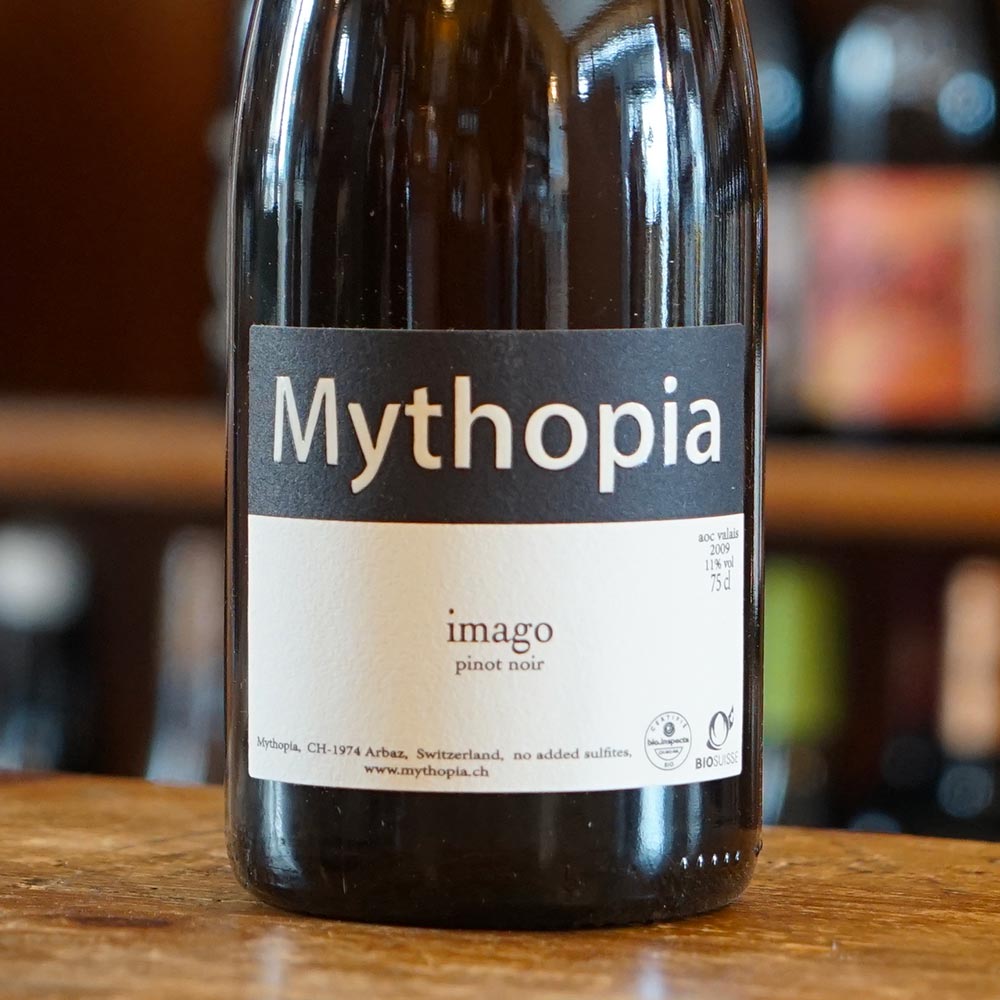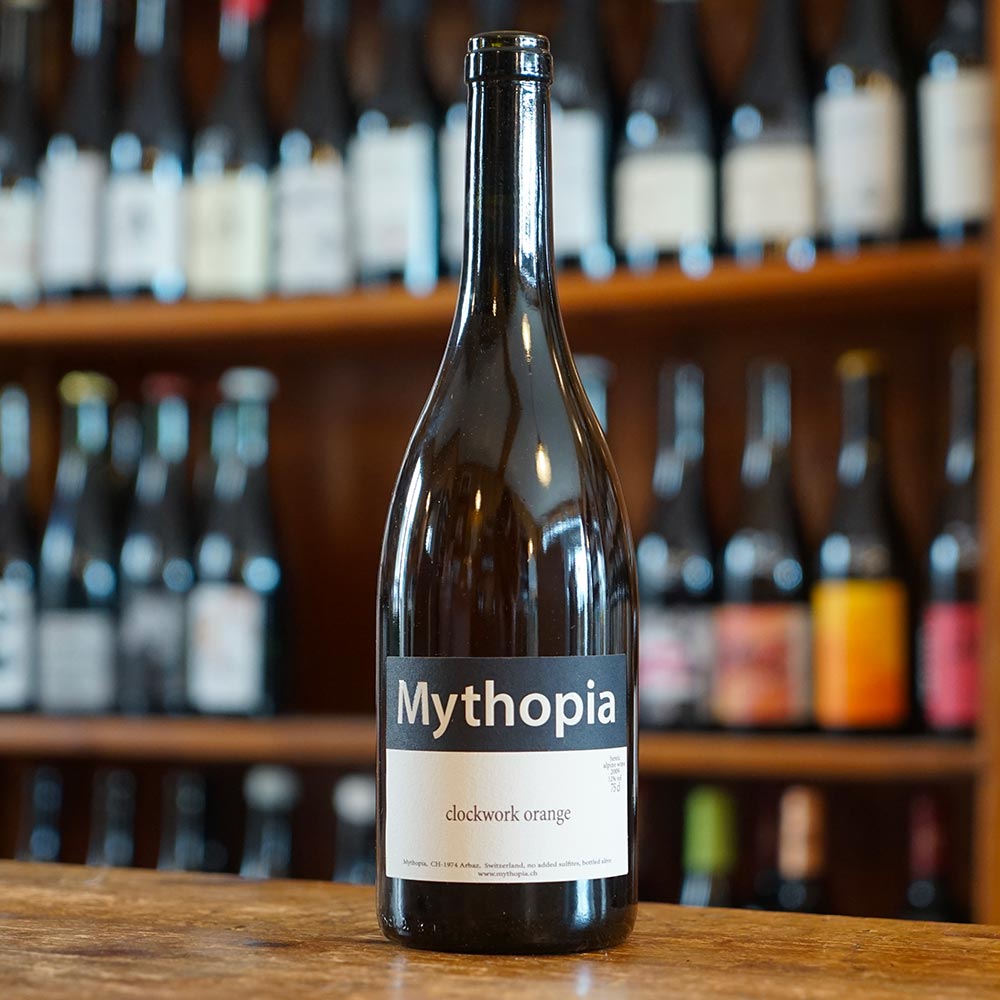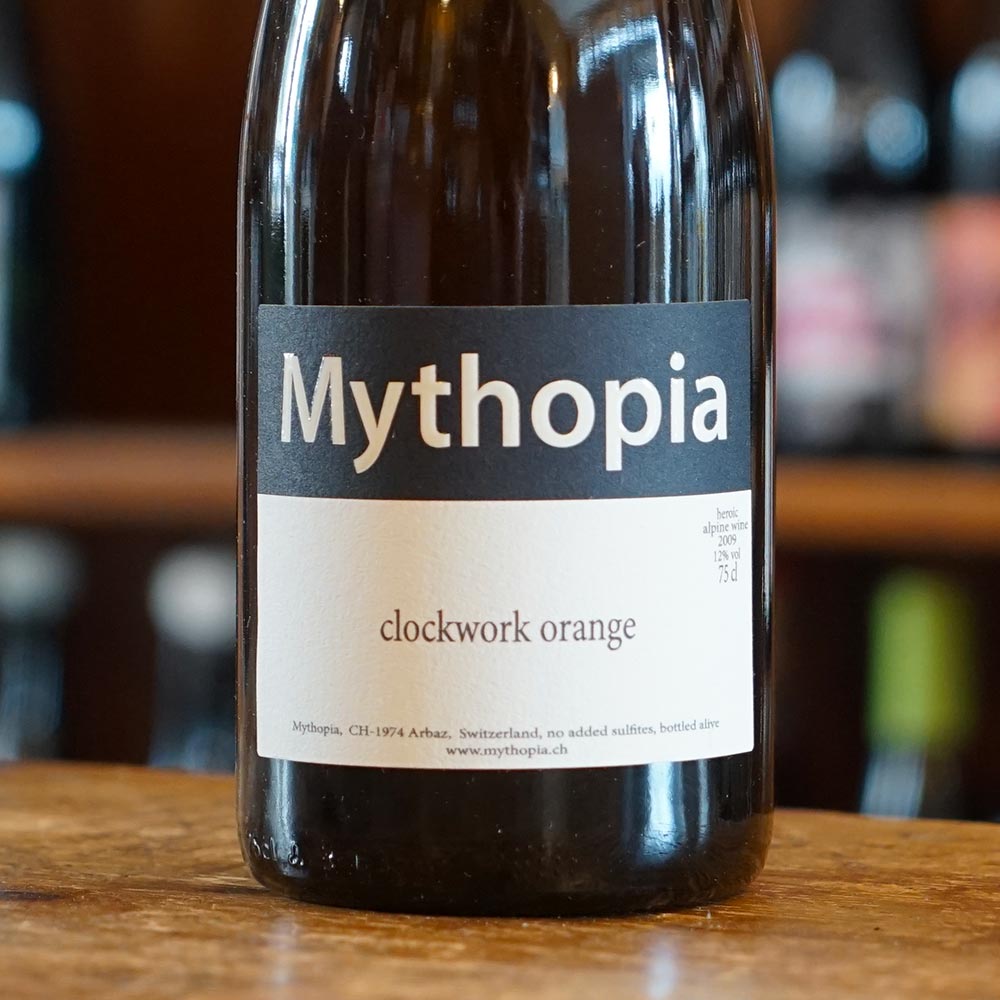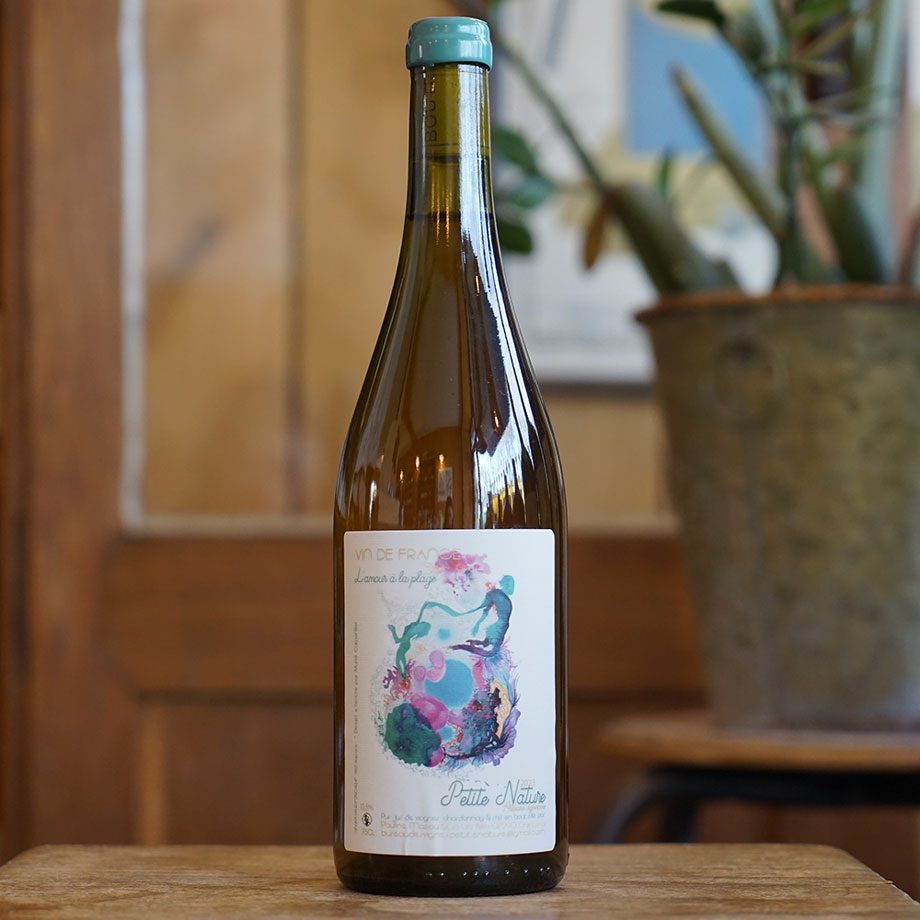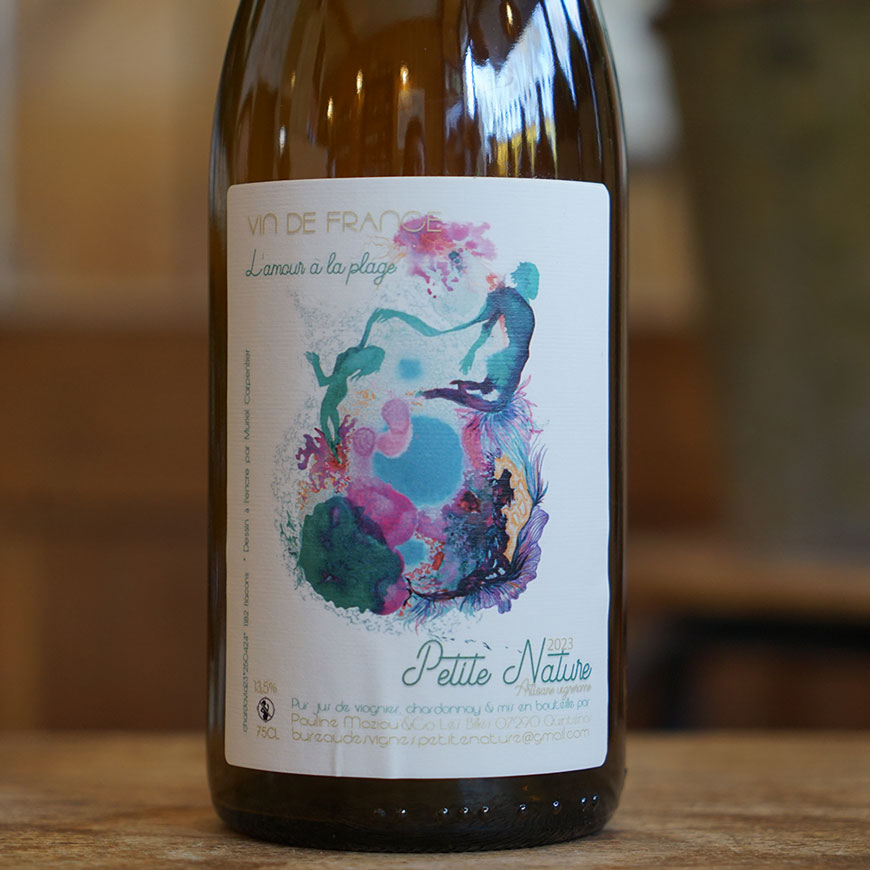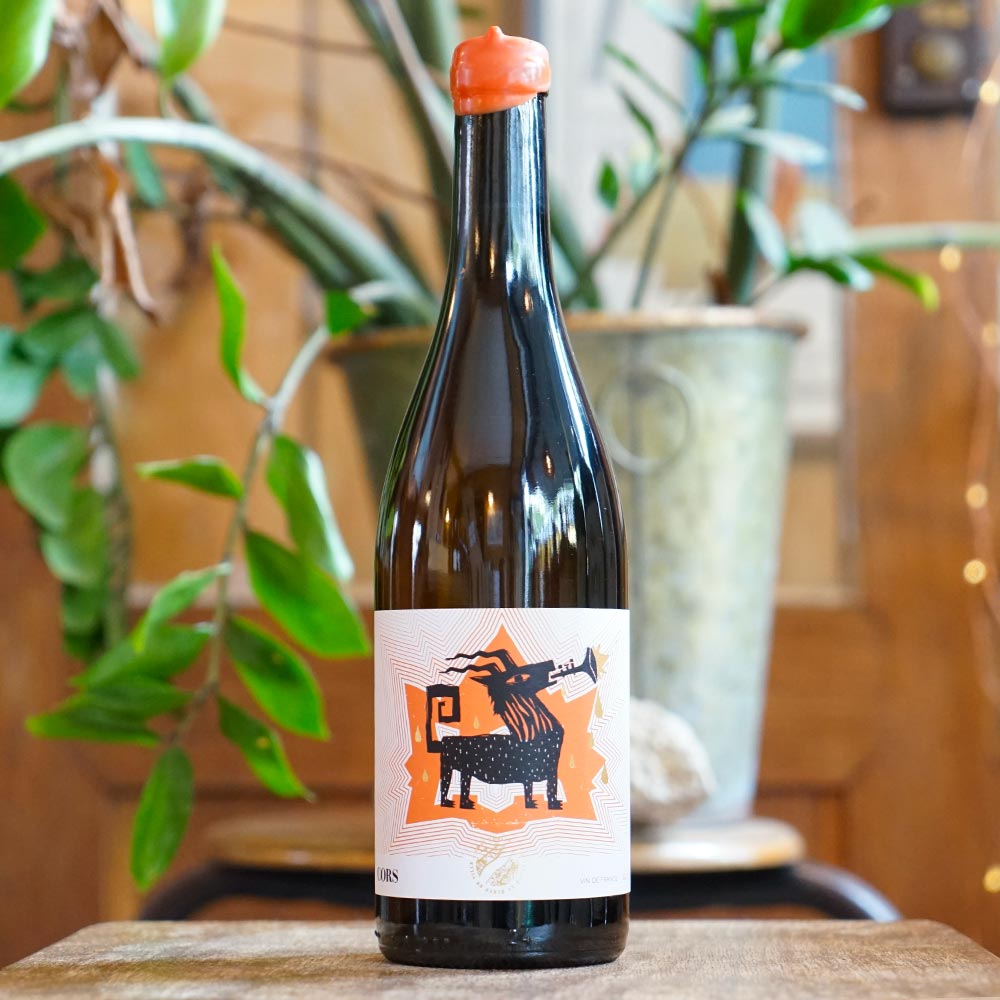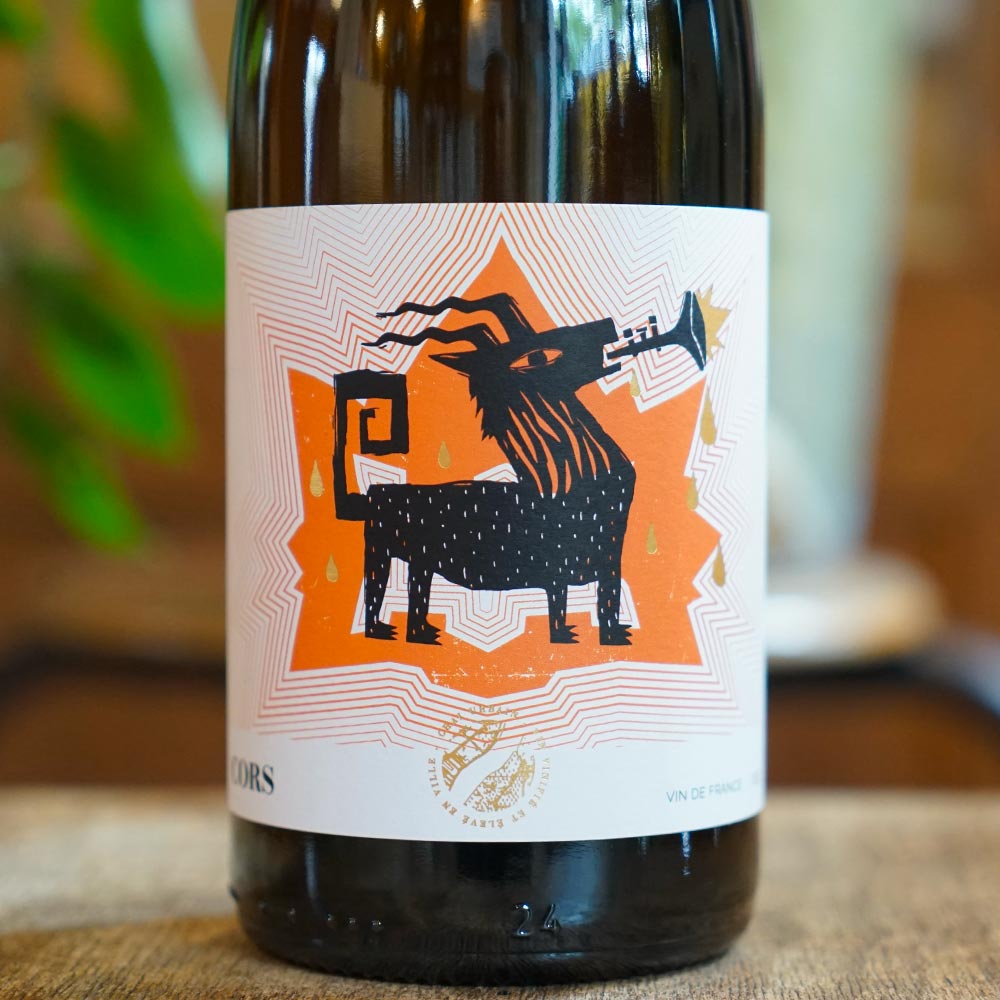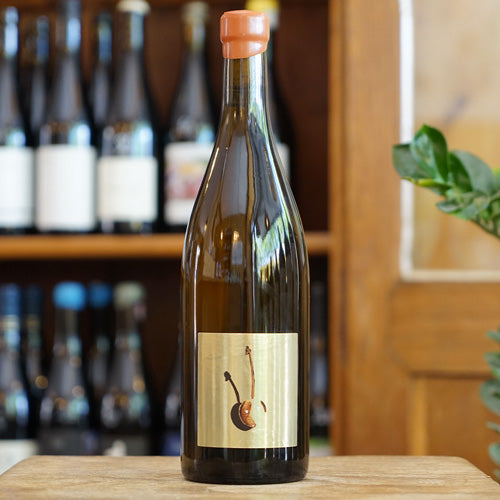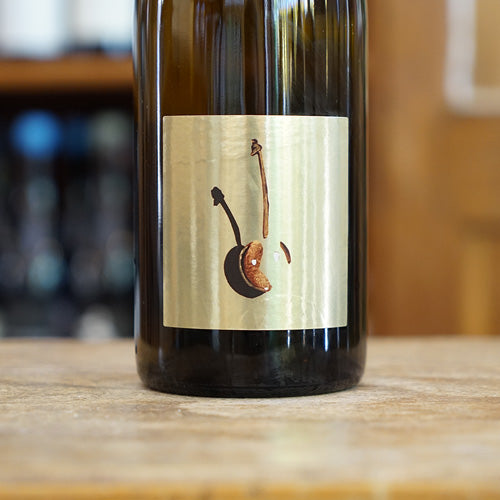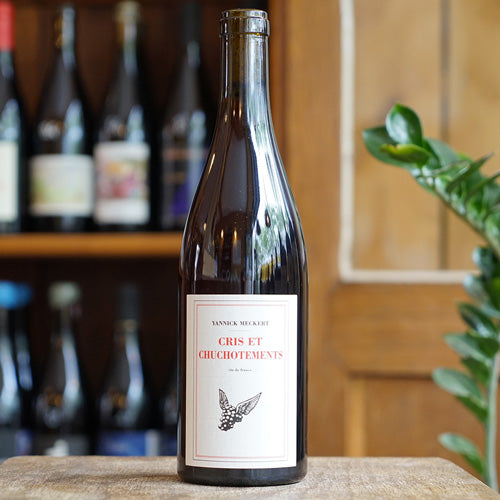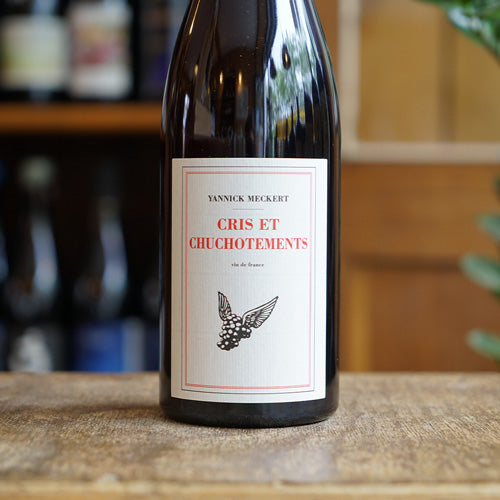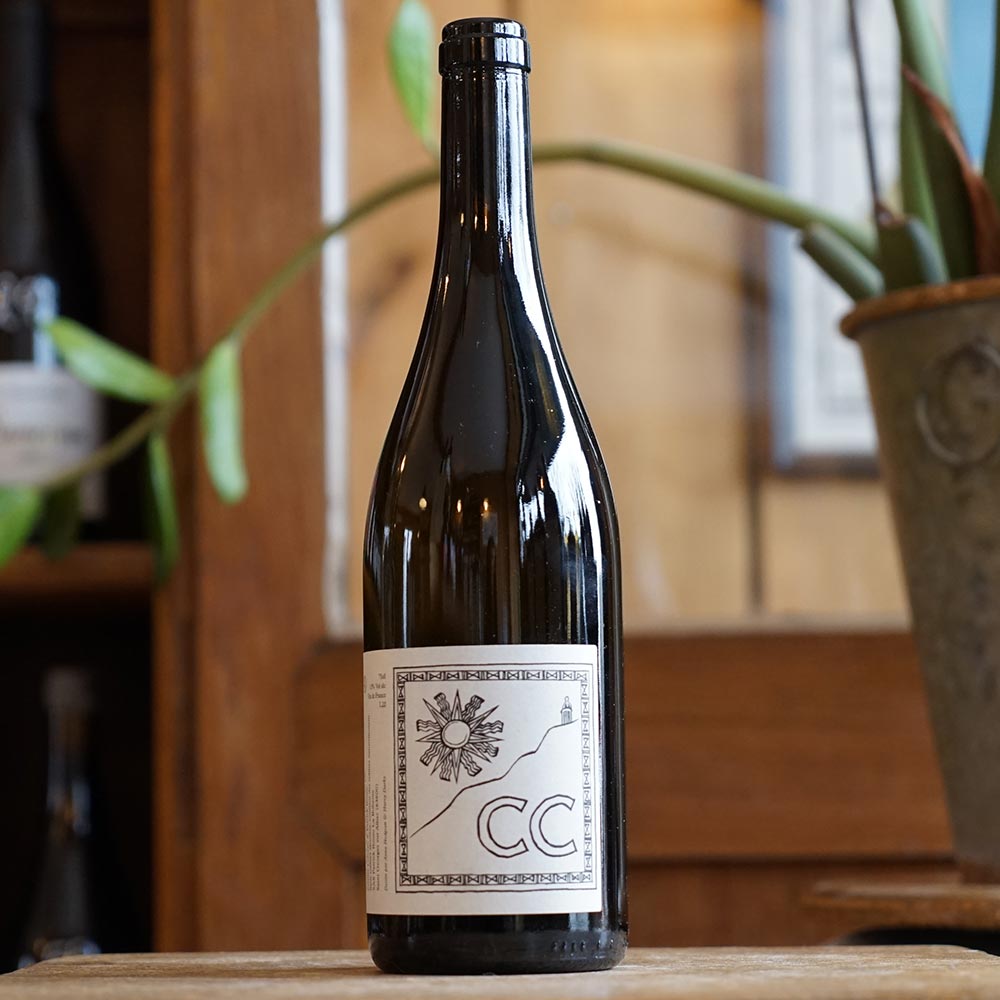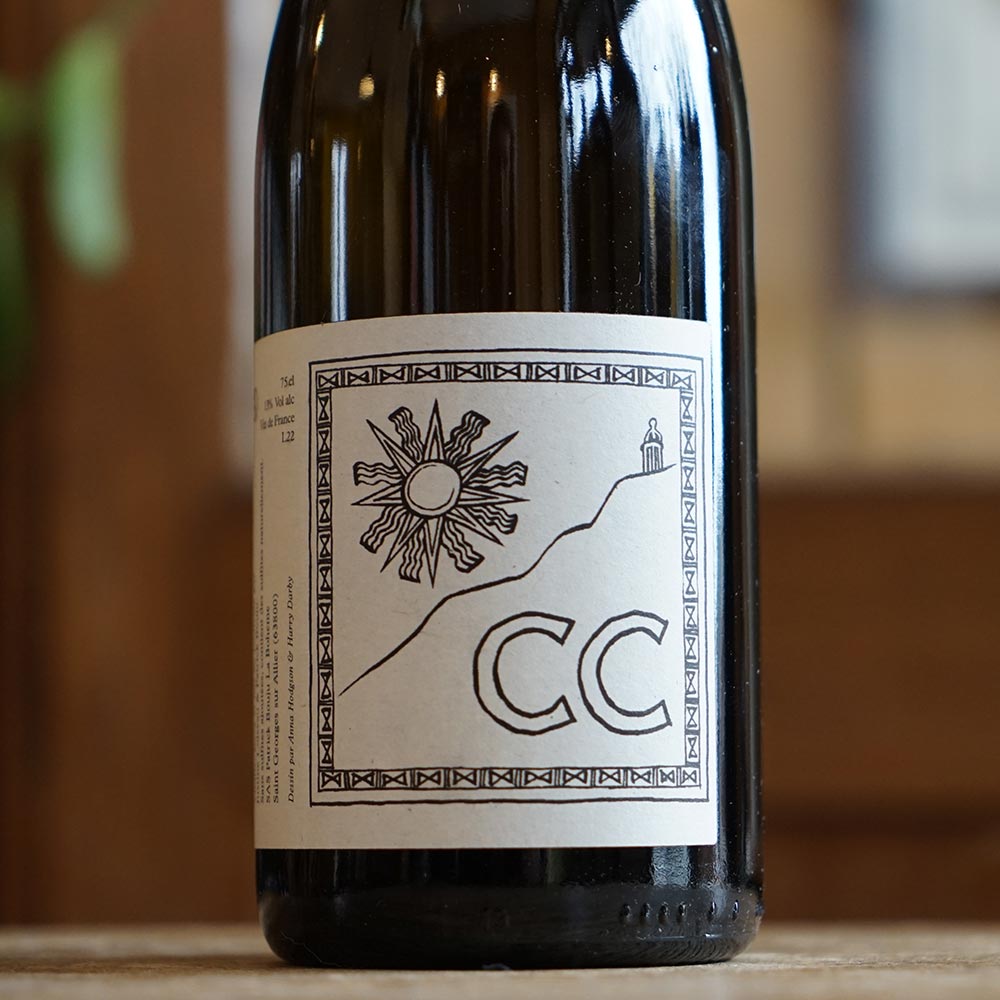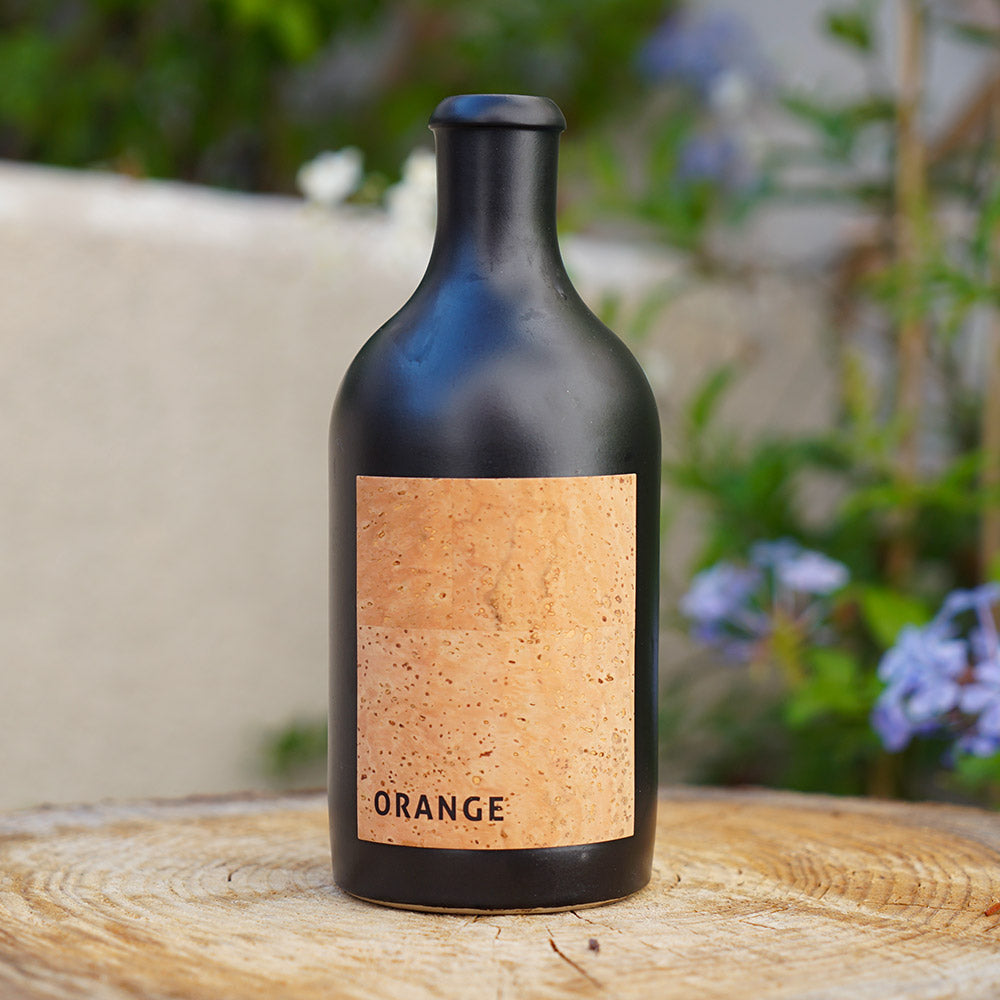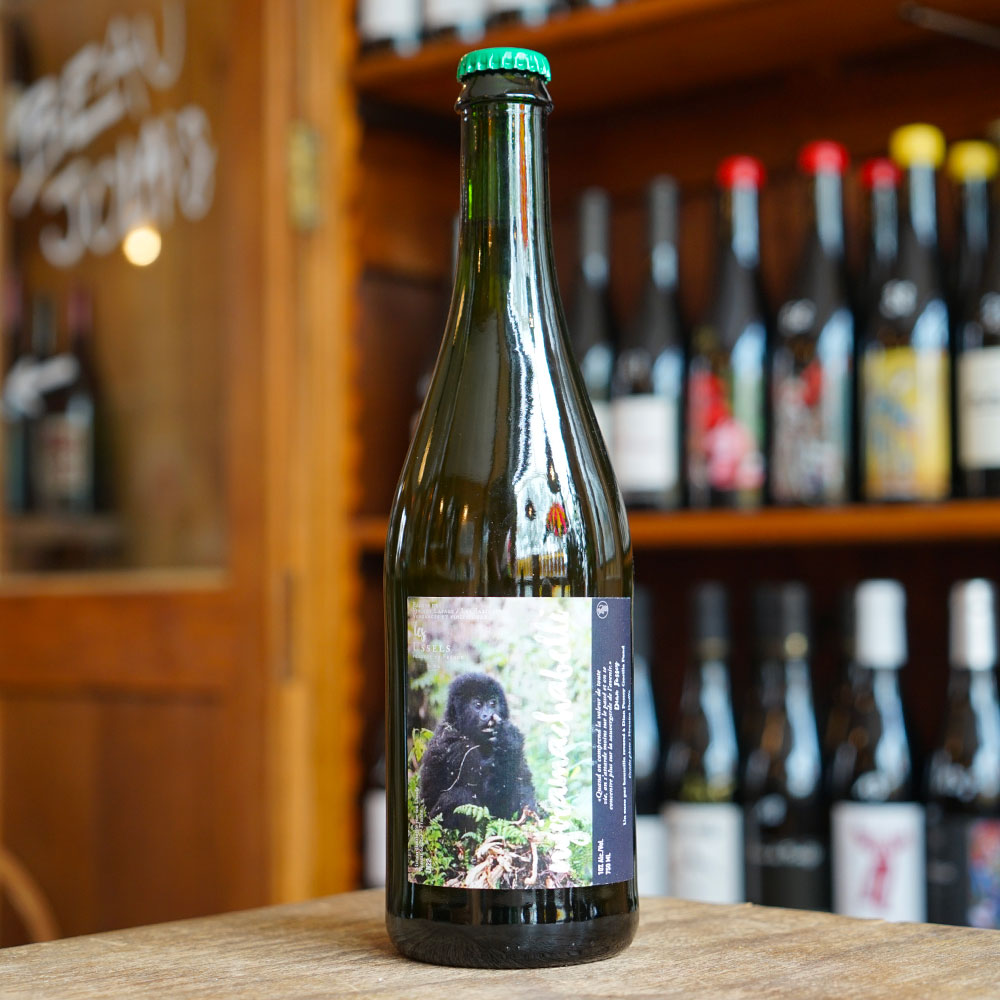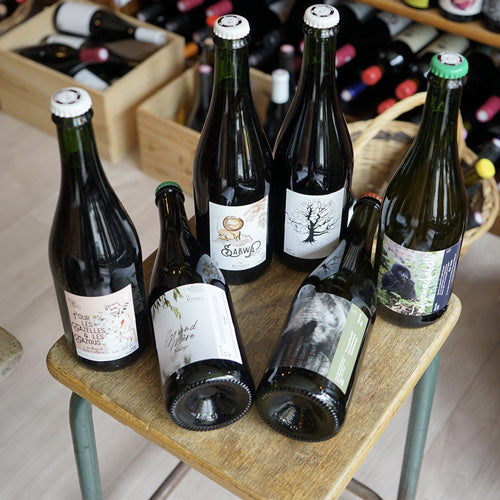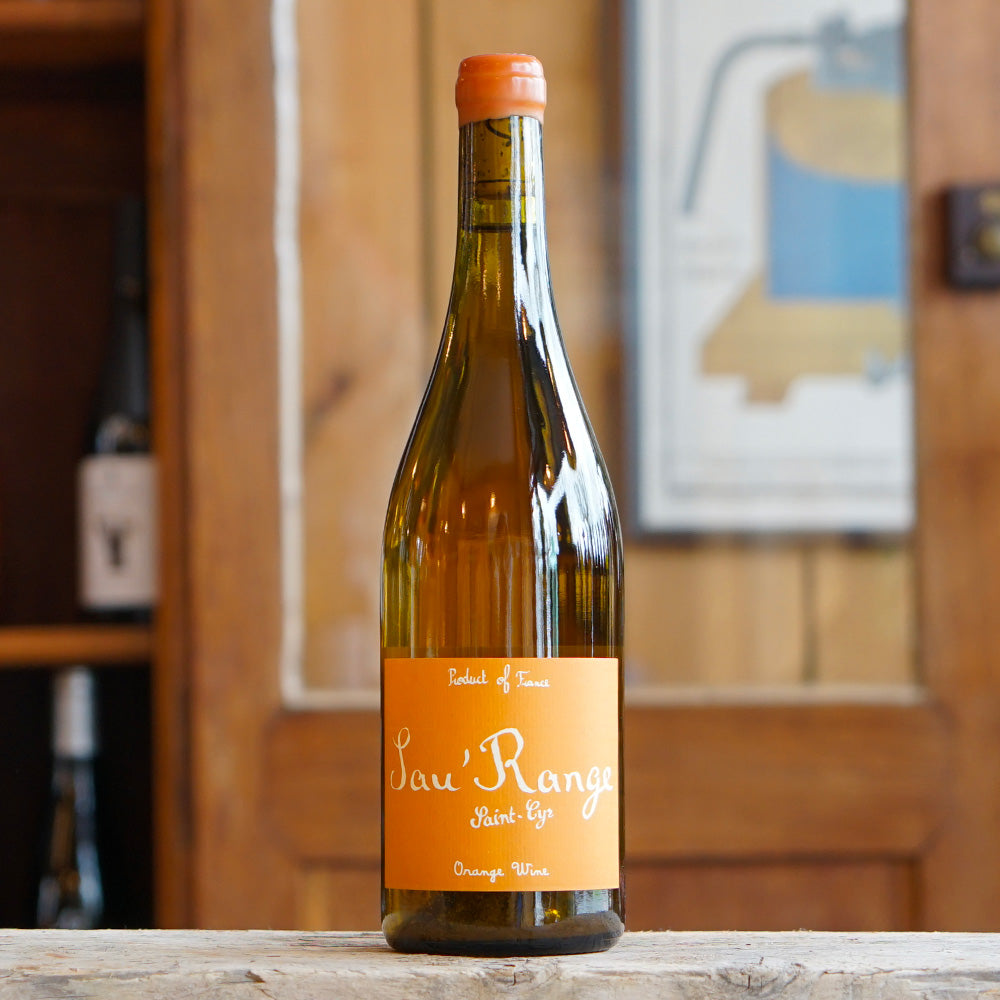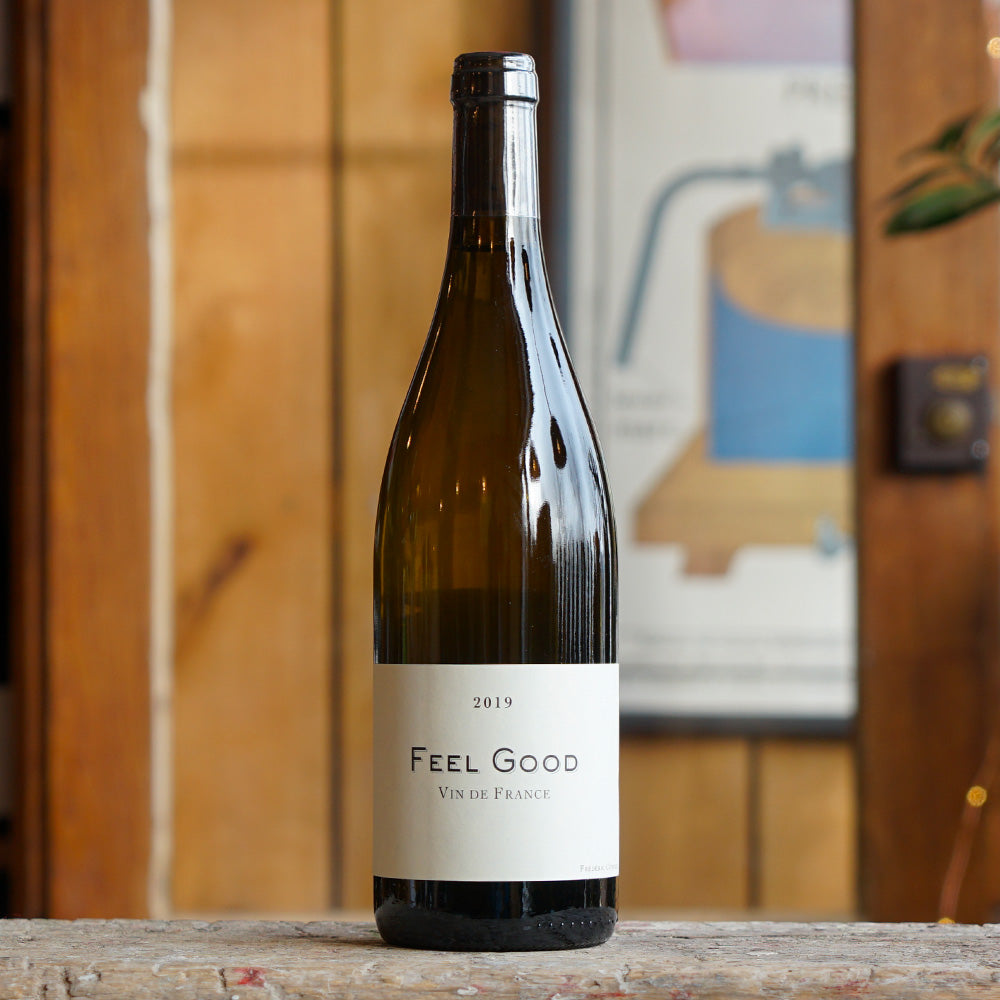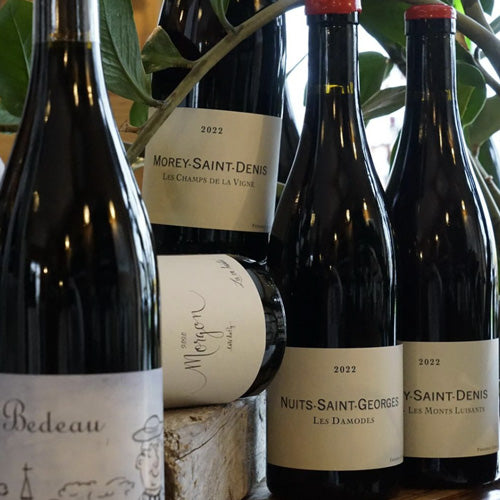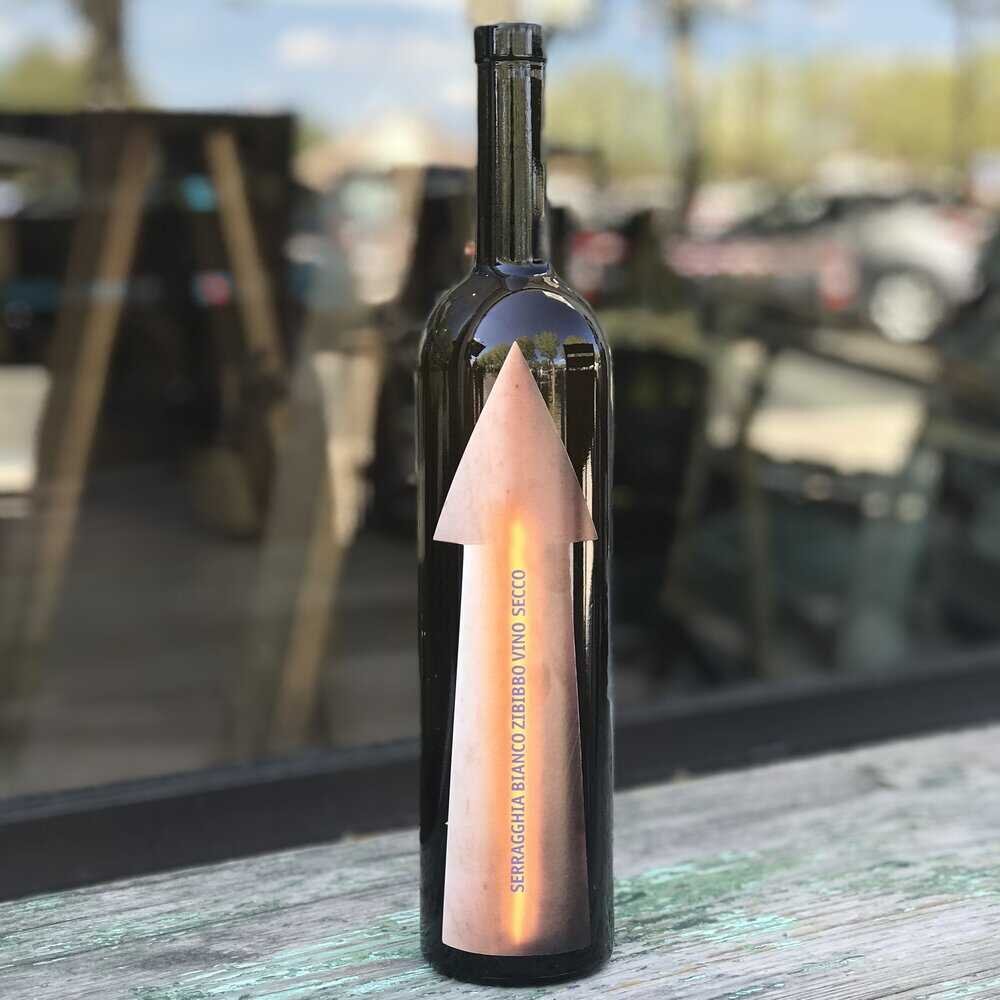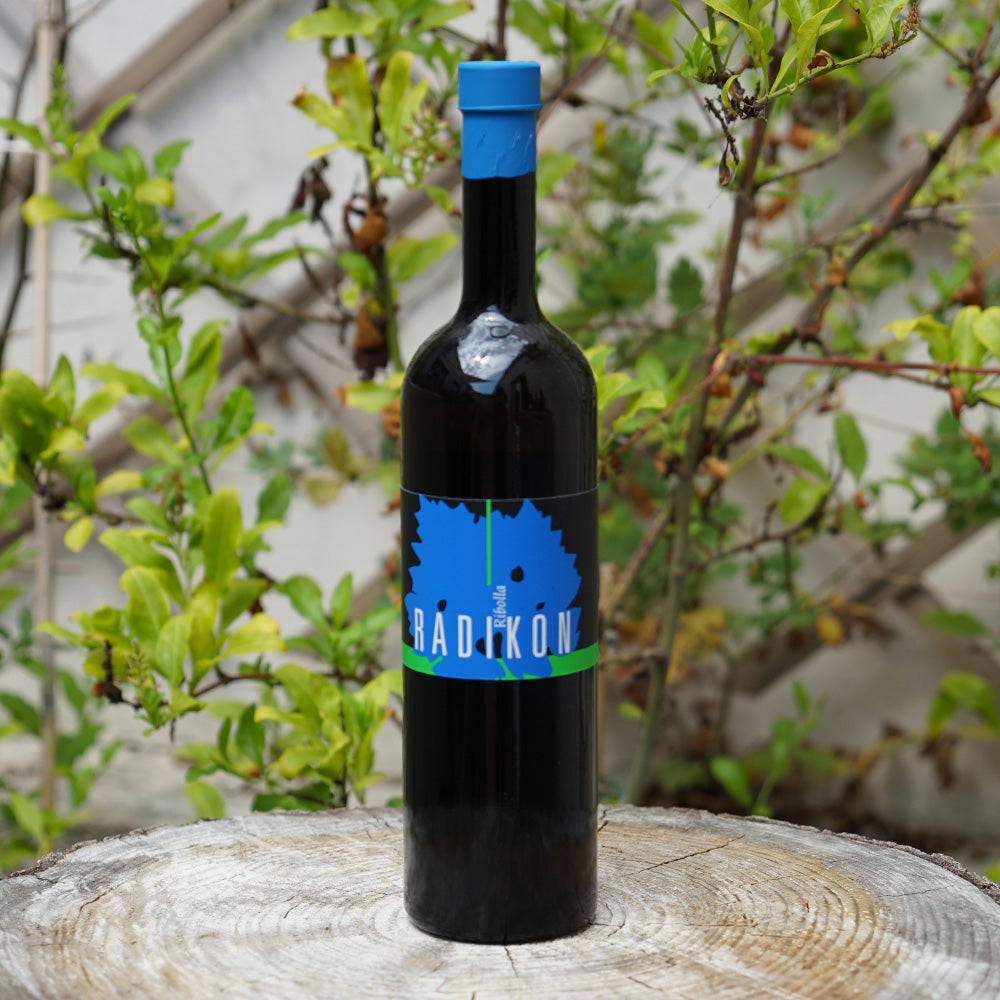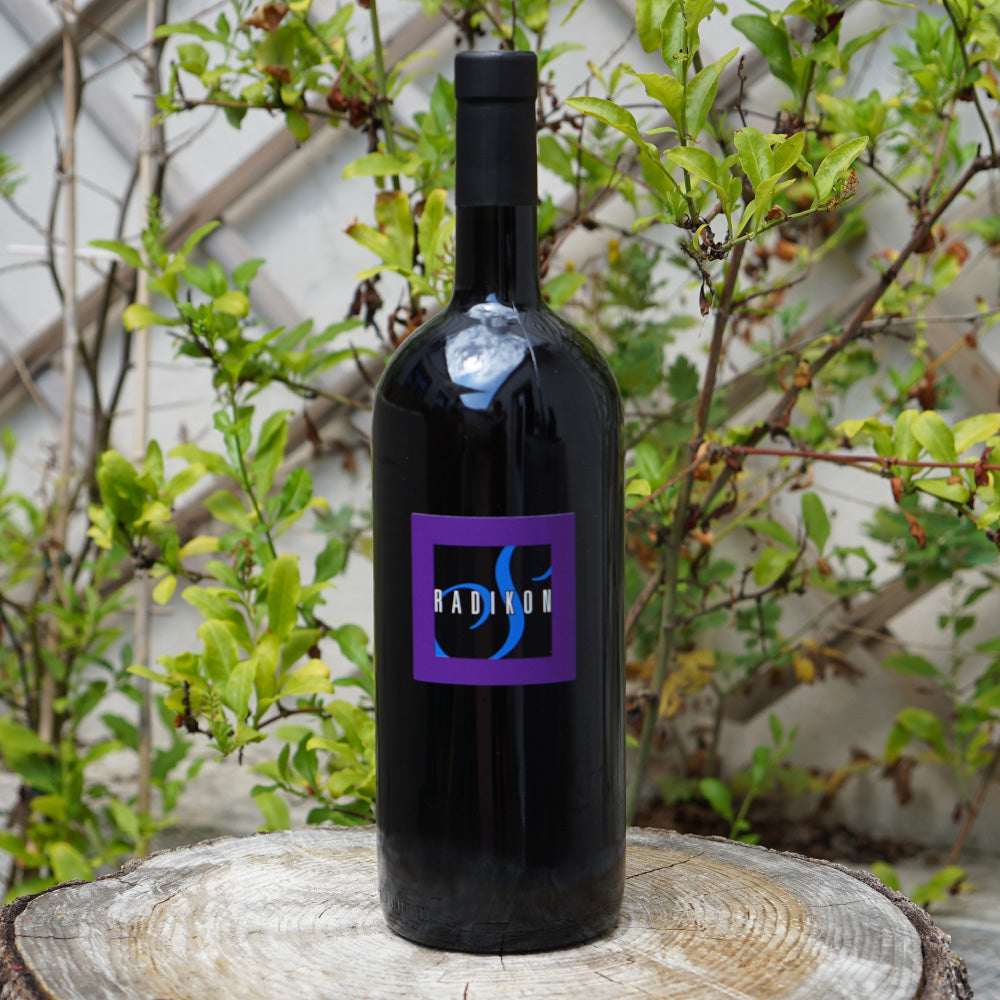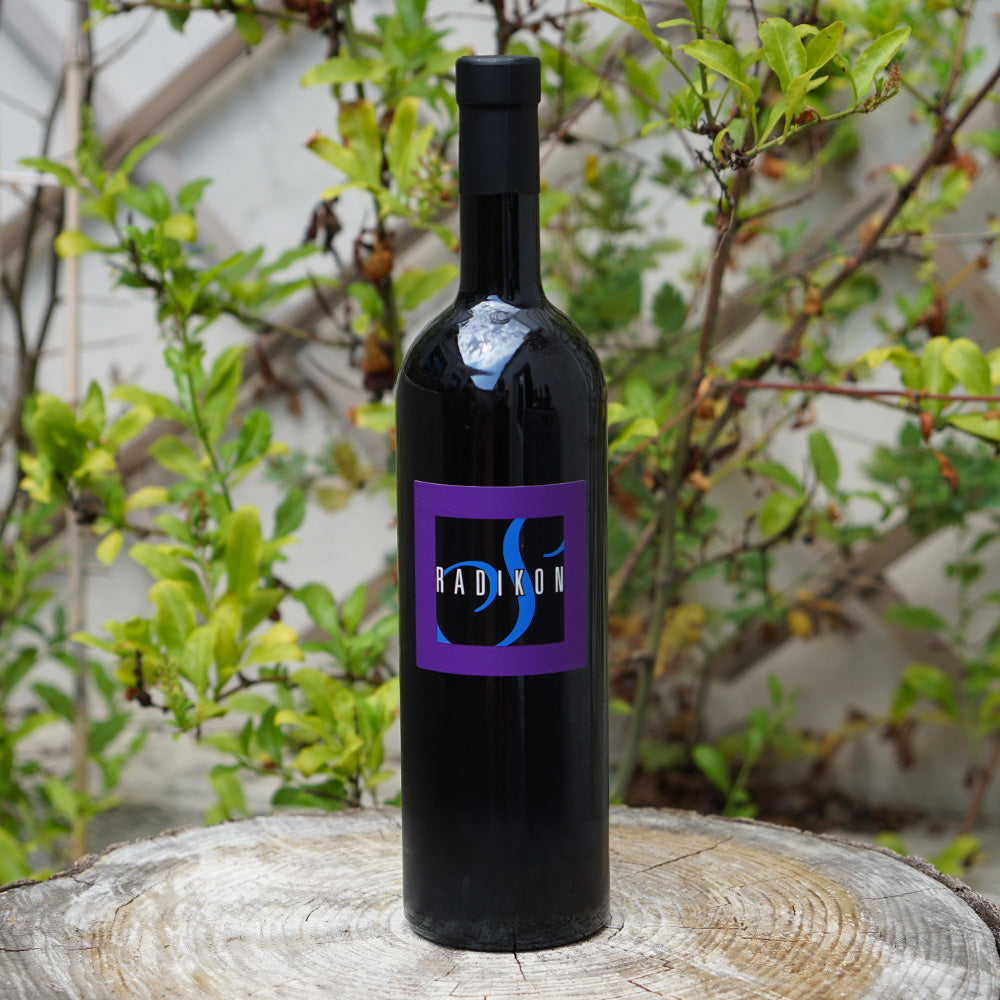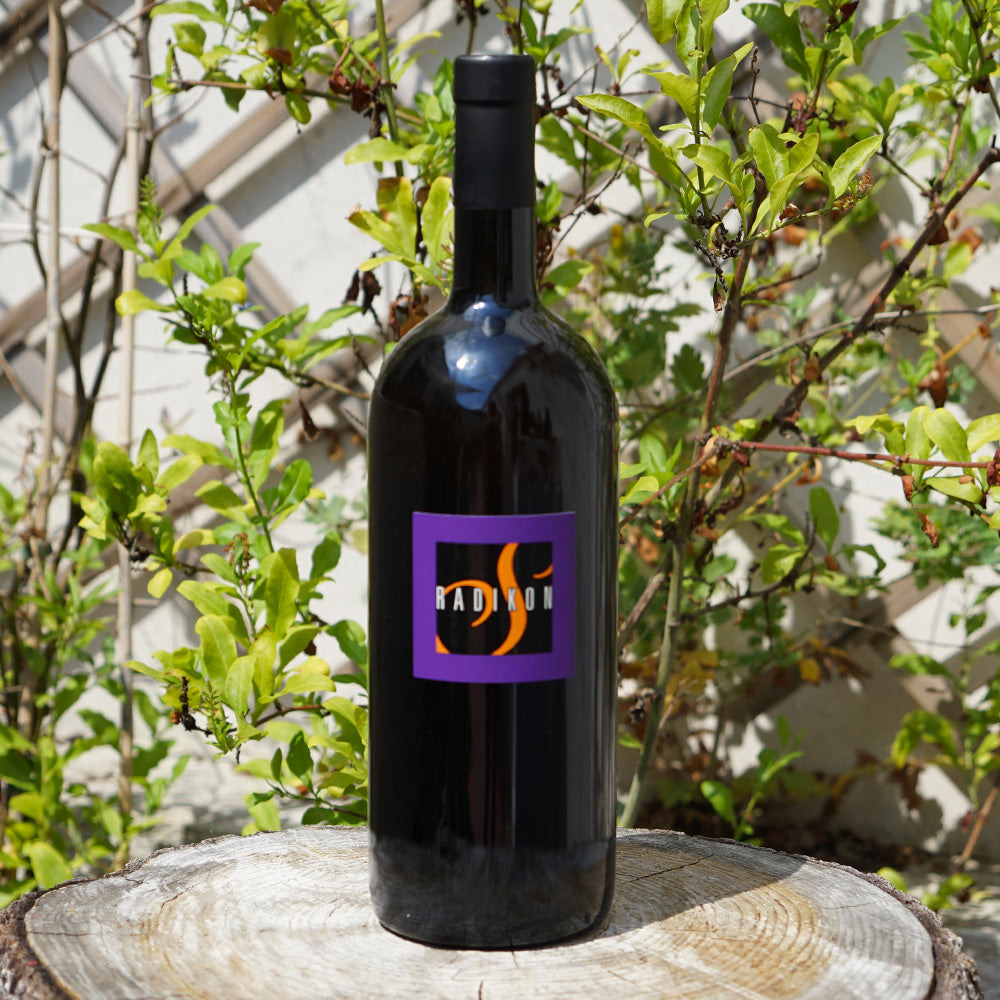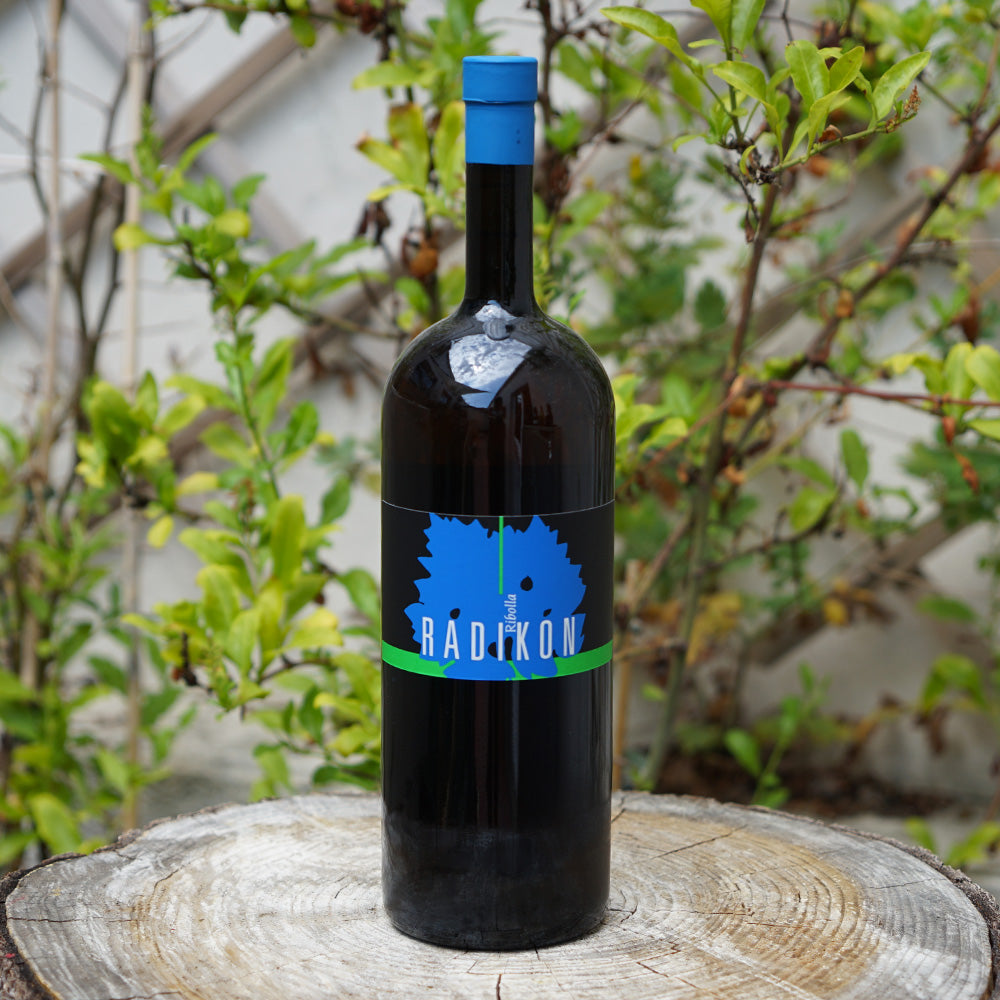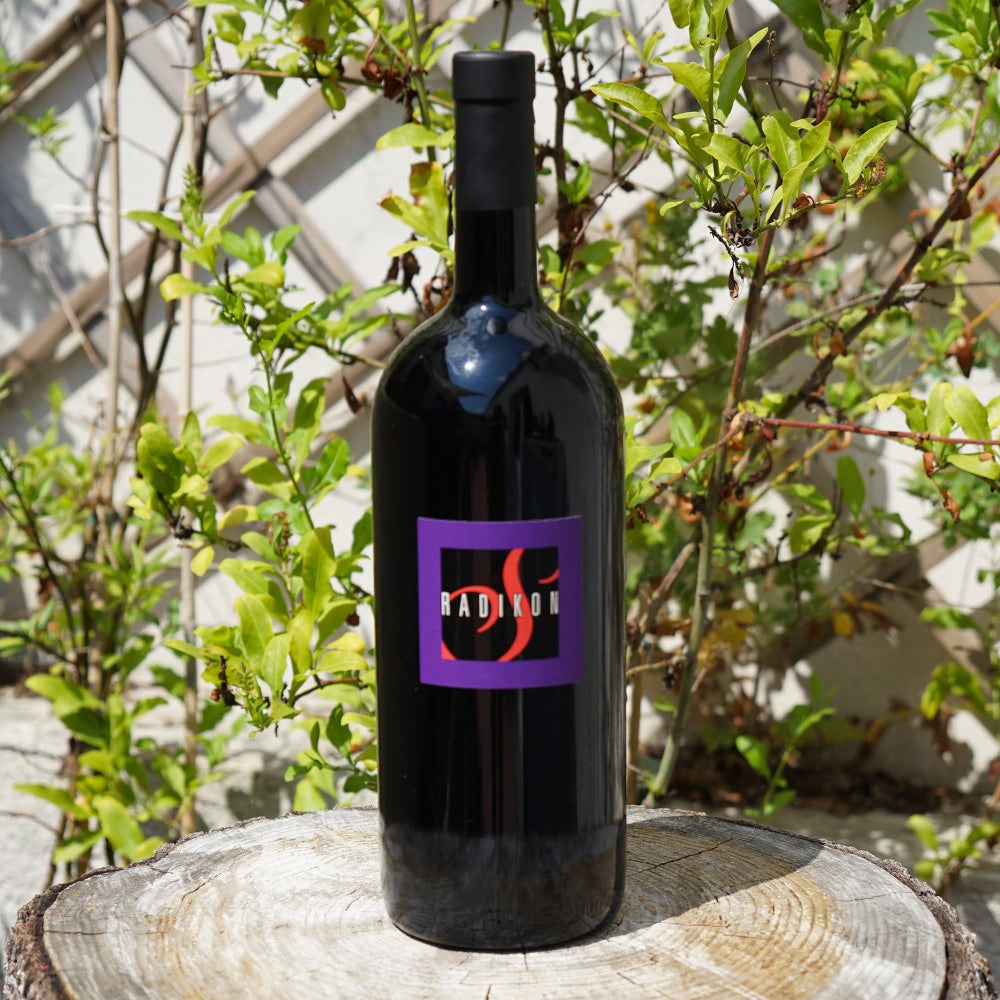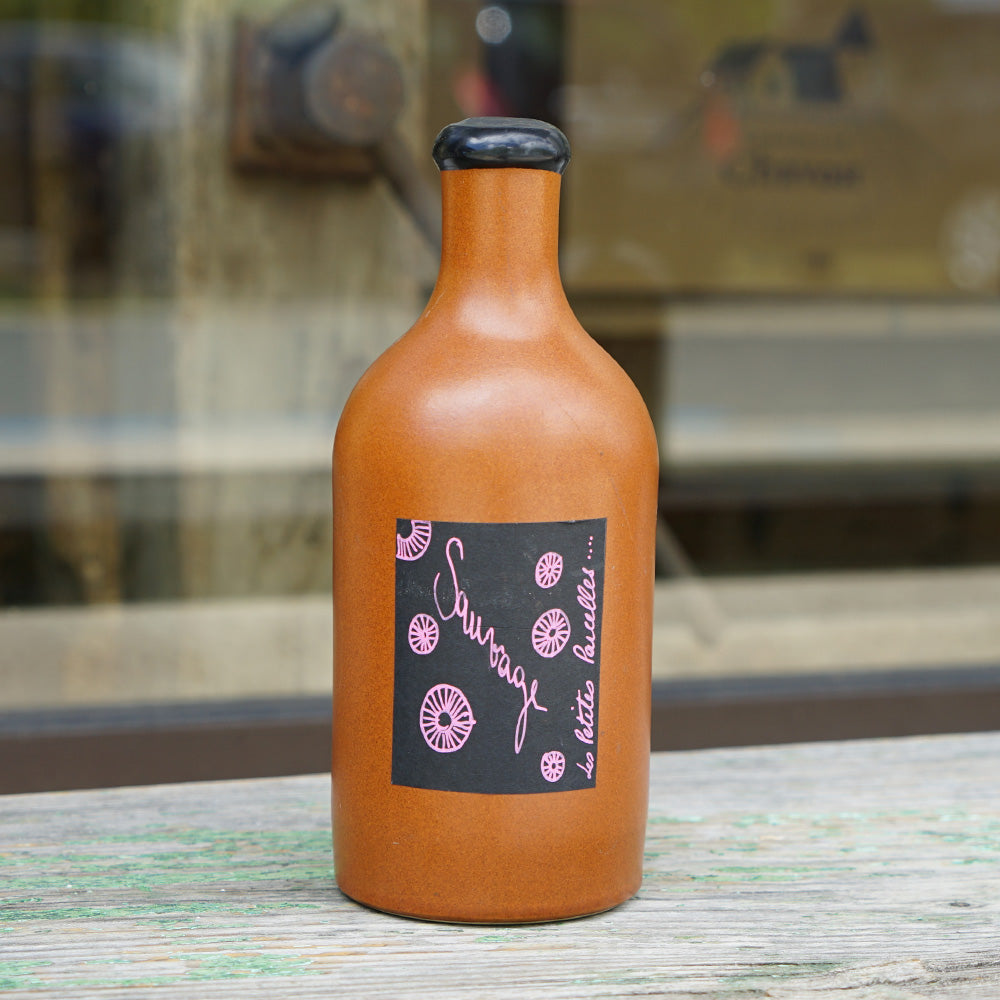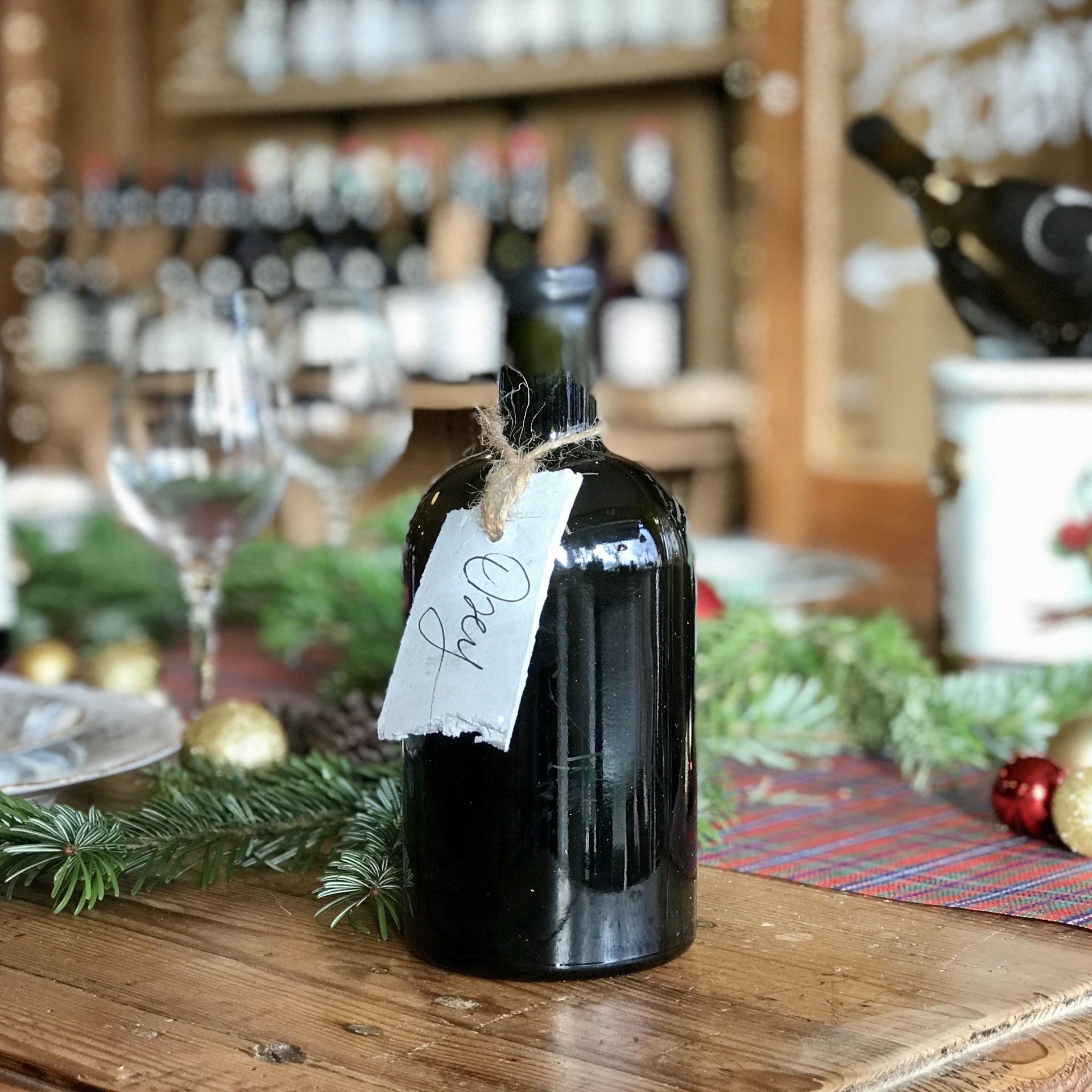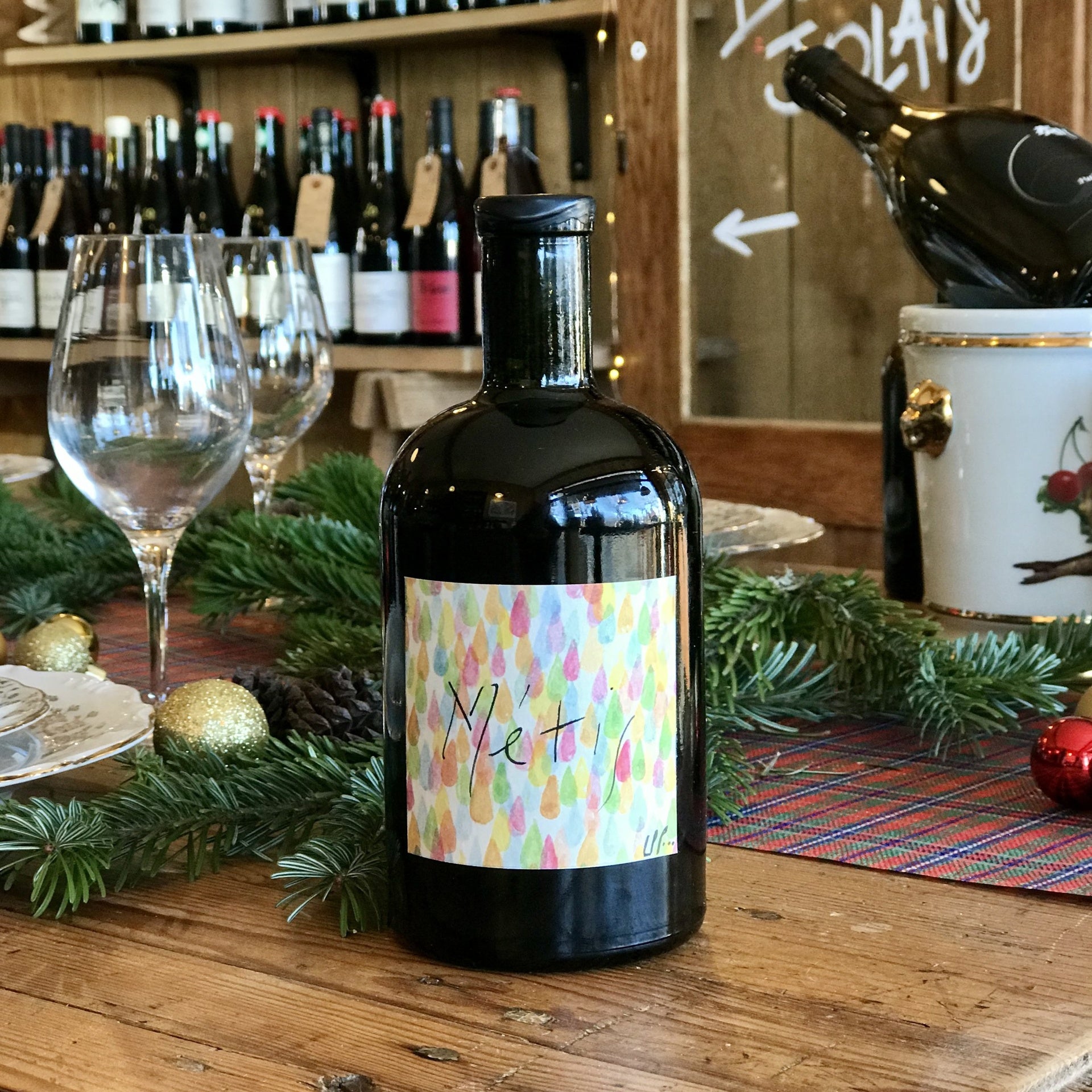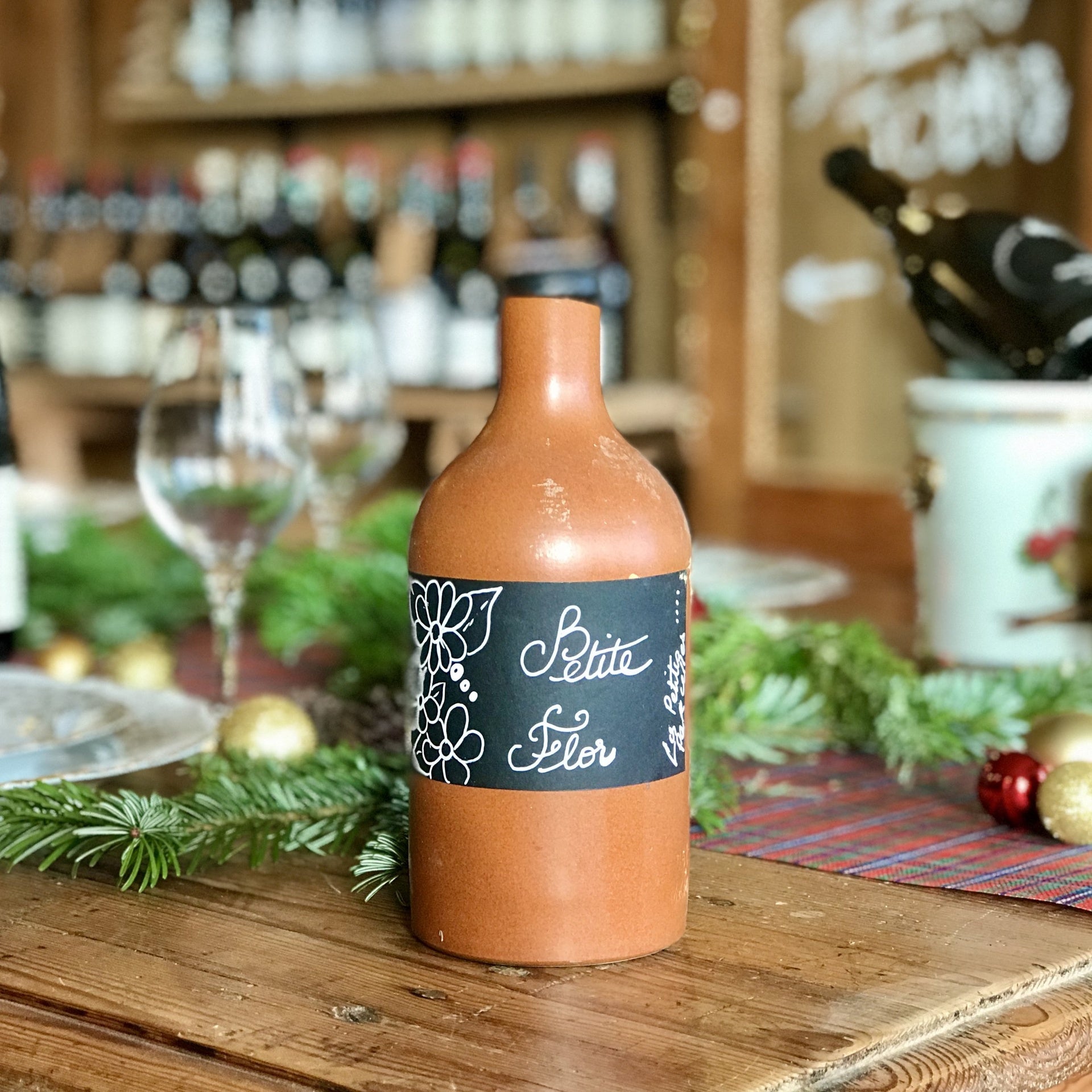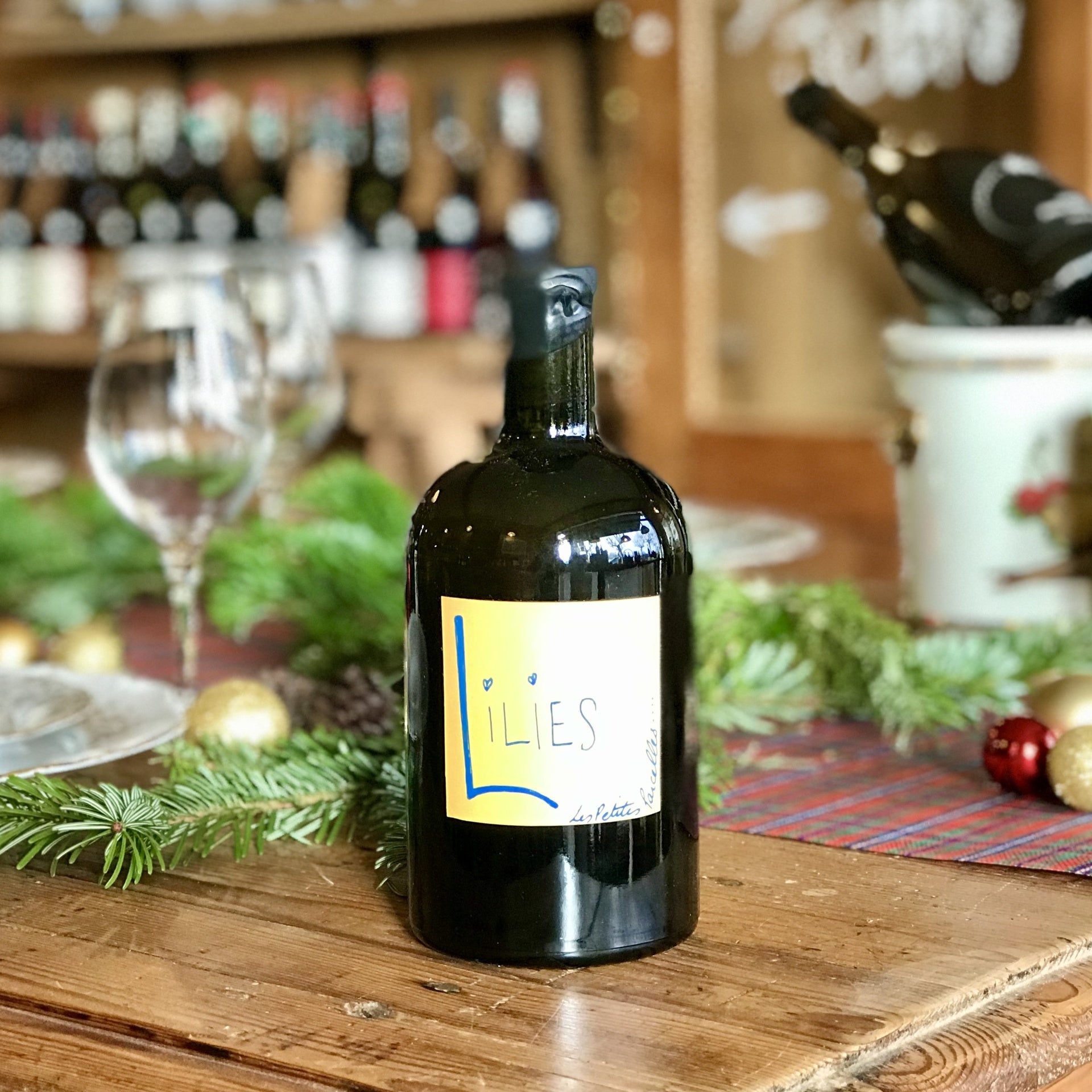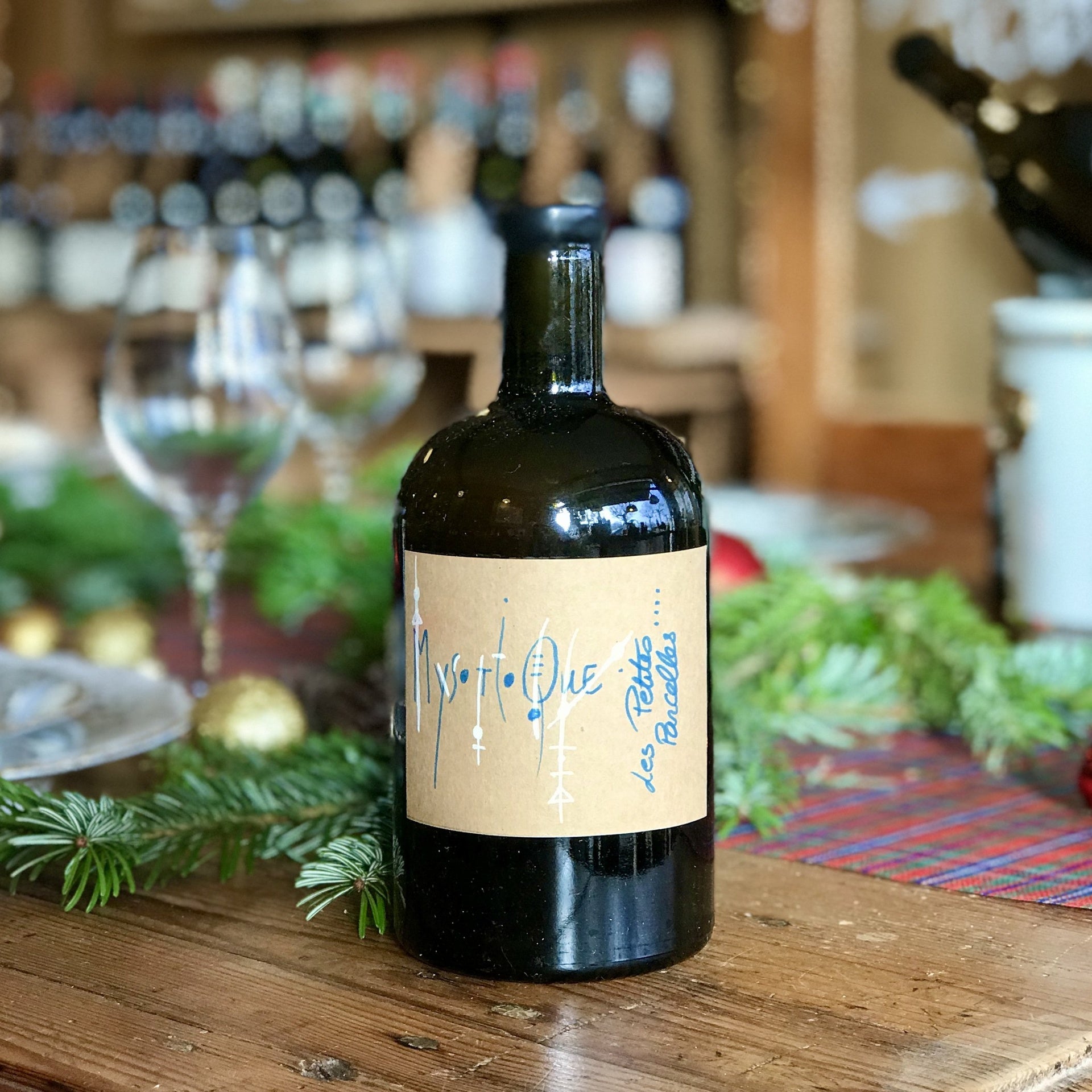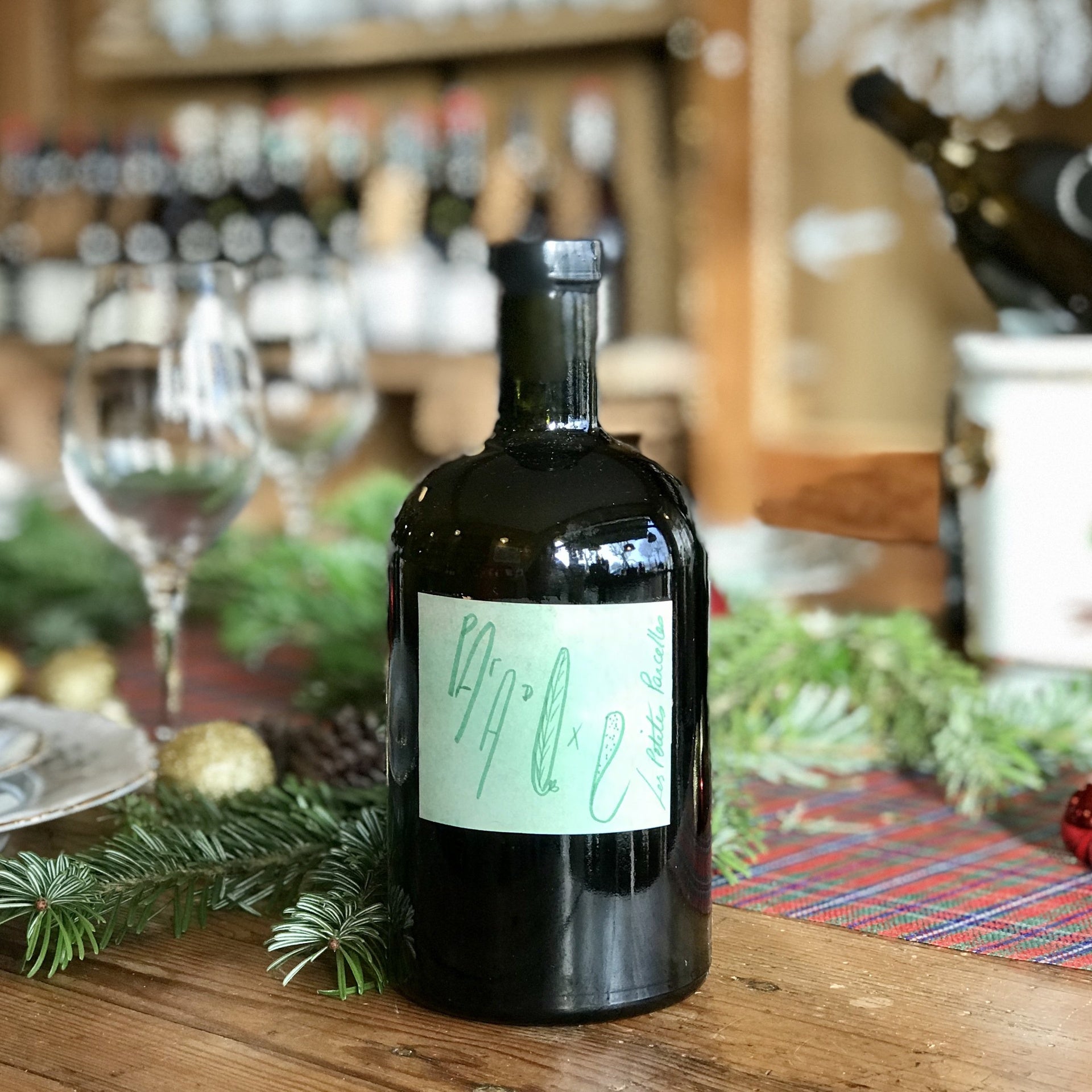Orange Wines
Natural orange wines
Natural orange wines constitute both the oldest trend in the production of wines as we know them, and at the same time have a significant popularity in recent years. These are so-called maceration white wines, whose intense color specific to them gives rise to their name orange wine. These wines are made with varieties of white and gray grapes systematically cultivated in a natural and responsible manner. That is to say, they are cultivated according to the principles of organic and biodynamic agriculture, with manual harvesting, without synthetic pesticides and with reduced doses of added sulphites in the cellar. Orange wines historically originate from Georgia, and are characterized, beyond their intense orange or yellow color, by a very significant aromatic complexity and a tenfold volume in the mouth compared to natural dry white wines. On the other hand, we can note the non-consensual presence of some tannins which bring complexity and a long finish.
Production of natural orange wines
Natural orange wines are made according to the principle of maceration, like red wines, except that the grapes used come from white or gray varieties. We can also consider that orange wines are white grapes vinified like red wines. The biodynamically grown white grapes are picked by hand once optimal maturity has been achieved in order to preserve the physical and taste integrity of the berries. The latter are incorporated without adding sulphites in concrete or stainless steel vats, with or without their stems, and are left to macerate for a variable duration with regular gentle extraction operations (pigeage, infusion, pumping over, etc.) . These operations will make it possible to provide the wine with more or less tannins, which constitute the color and astringency and bitterness of natural orange wines. The fermentation of grape juice is carried out by so-called indigenous yeasts, naturally present on the grape berries. Once the alcoholic fermentation is complete, the grapes are separated from the juice by gravity and pressed. The free-run juices and press juices are then blended until the right balance between acidity and astringency is found.
The wines are then aged in vats or in wood, depending on whether we are moving towards more tannic, massive wines, for aging and with aromas relating to wood, or lighter wines, for more immediate consumption.
The different natural orange wines
Natural orange wines are currently very present in Alsace, with some leaders in the discipline such as Jean-Marc Dreyer, and endemic grape varieties which lend themselves to the exercise. For some time now, natural orange wines have come back to the forefront and many regions are starting to produce this type of maceration white wine. The different climates, soils, grape varieties used and winemaking techniques result in natural orange wines with their own identities and diverse profiles. Natural orange wines from Alsace and Lorraine are wines marked by very significant aromatic components due to the grape varieties used such as Gewurztraminer, Riesling, Muscat or Pinot Gris, which are relatively aromatic varieties, with tropical notes. and white fruits, with some peppery notes.
Some other regions produce orange wines such as wines from the South-West including in particular the Bordeaux region with wines made with local grape varieties such as Semillon blanc, with gourmet notes of ripe exotic fruits. The Charentes offer, thanks to the initiative of a few winegrowers, natural orange wines with local grape varieties such as Ugni Blanc. An aromatically poor grape variety which develops a real identity when it is fermented in skin maceration, thus developing notes of orange peel, peach and white pepper.
Other southern varieties can be used such as Grenache Blanc and Muscat, with their qualities giving wines smoky and citrus notes. There are also talented winegrowers in Italy like Radikon or Gabrio Bini who produce exceptional natural orange wines from grape varieties endemic to their regions.
All these wines are made as naturally as possible without chemical inputs.
